We’re excited to reveal the winners of the 11th Mangrove Photography Awards, an initiative of Mangrove Action Project.
This year’s awards saw a record-breaking 3,303 entries from 78 nations, showcasing the beauty, fragility and significance of mangrove ecosystems around the world.
New subcategories in the Wildlife, Landscape, and People categories were created in recognition of the diversity of mangrove ecosystems, offering photographers a chance to tell stories from a different perspective - while photographers 23 years of age or younger competed to become the Young Mangrove Photographer of the Year.
This year marks the launch of the Emirates Award and Arabian Gulf Award in partnership with the Environment Agency - Abu Dhabi, celebrating photographers and conservation efforts in the United Arab Emirates and wider Gulf region.
Judged by experts in the field who are passionate about merging photography with storytelling, this year’s panel includes Thai photojournalist and marine biologist Sirachai “Shin” Arunrugstichai; award-winning wildlife photographer Chien Lee; and underwater photographer, videographer, and shark naturalist Tanya Houppermans.
Scroll down to view the winners, runners-up and highly commended in each category.
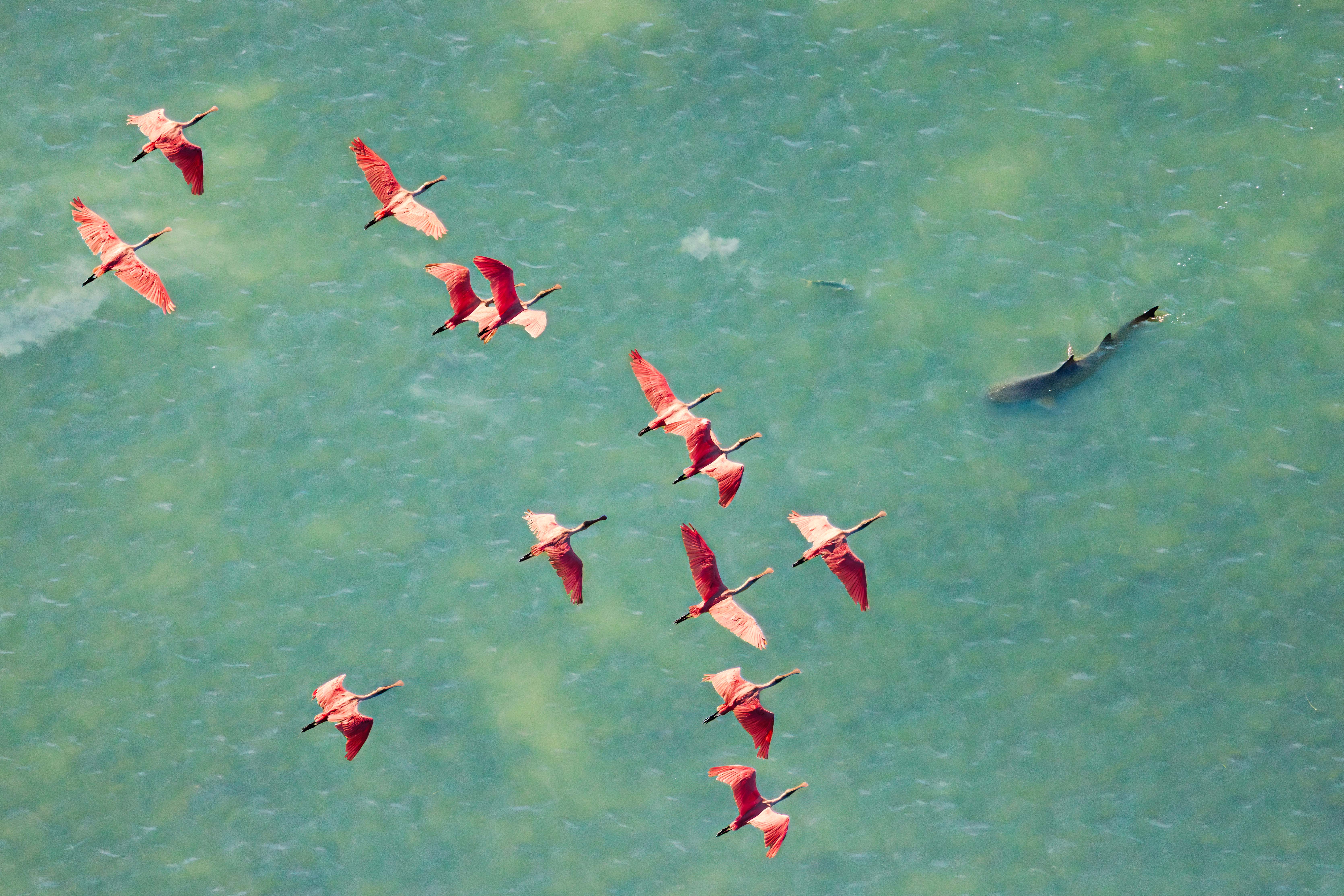
Mark Ian Cook has been named Mangrove Photographer of the Year 2025, for his image, ‘Birds’ Eye View of the Hunt’. Cook’s aerial shot documents what could be the last of the Everglades’ iconic birds, whose very health and survival is intrinsically linked with the health of the Everglades.
At first glance, this scene of Roseate Spoonbills gliding over a lemon shark hunting mullet in the mangrove-lined waters of Florida Bay may give the appearance of a peaceful and balanced habitat. But Cook’s aerial shot documents what could be the last of the Everglades’ iconic birds, whose very health and survival is intrinsically linked with the health of the Everglades. Despite years of successful restoration and recovery efforts — bringing Florida’s Spoonbill population back from a mere 15 pairs in the 1800s — rising sea levels are now significantly impacting the behavior of these birds in an area where a few centimeters makes the difference between a species thriving or leaving.
“Historically, Florida Bay was the primary nestling region of the Roseate Spoonbill in the US, but this species is becoming increasingly rare there as sea level rise negatively impacts their important mangrove foraging habitat,” Cook said. “Spoonbills are tactile foragers, meaning they feed by touch. However, for this foraging method to be successful, the birds need relatively shallow water with very high densities of fish. This becomes particularly critical during the energetic bottleneck of the nesting season. With climate-change induced sea-level rise, these critical lower water depths in the mangroves are increasingly failing to be met, fish densities are insufficient for effective foraging, and fewer birds are able to breed.”
“I love the convergence of all the elements in that exact moment. It clearly shows the diversity of life that lives and dies, both aerial and aquatic in the same space and time, that all depends on the mangrove ecosystem”, says judge Shin.

The otters get their reward for a busy morning of fishing.
“There are only a handful of otter fisherman left and their unusual method of fishing has been handed down from father to son for centuries. The trainer adult otters are tethered and the younger otters swim free. The otters chase fish from the muddy banks into the awaiting nets and after each fishing session get their share of the catch.”
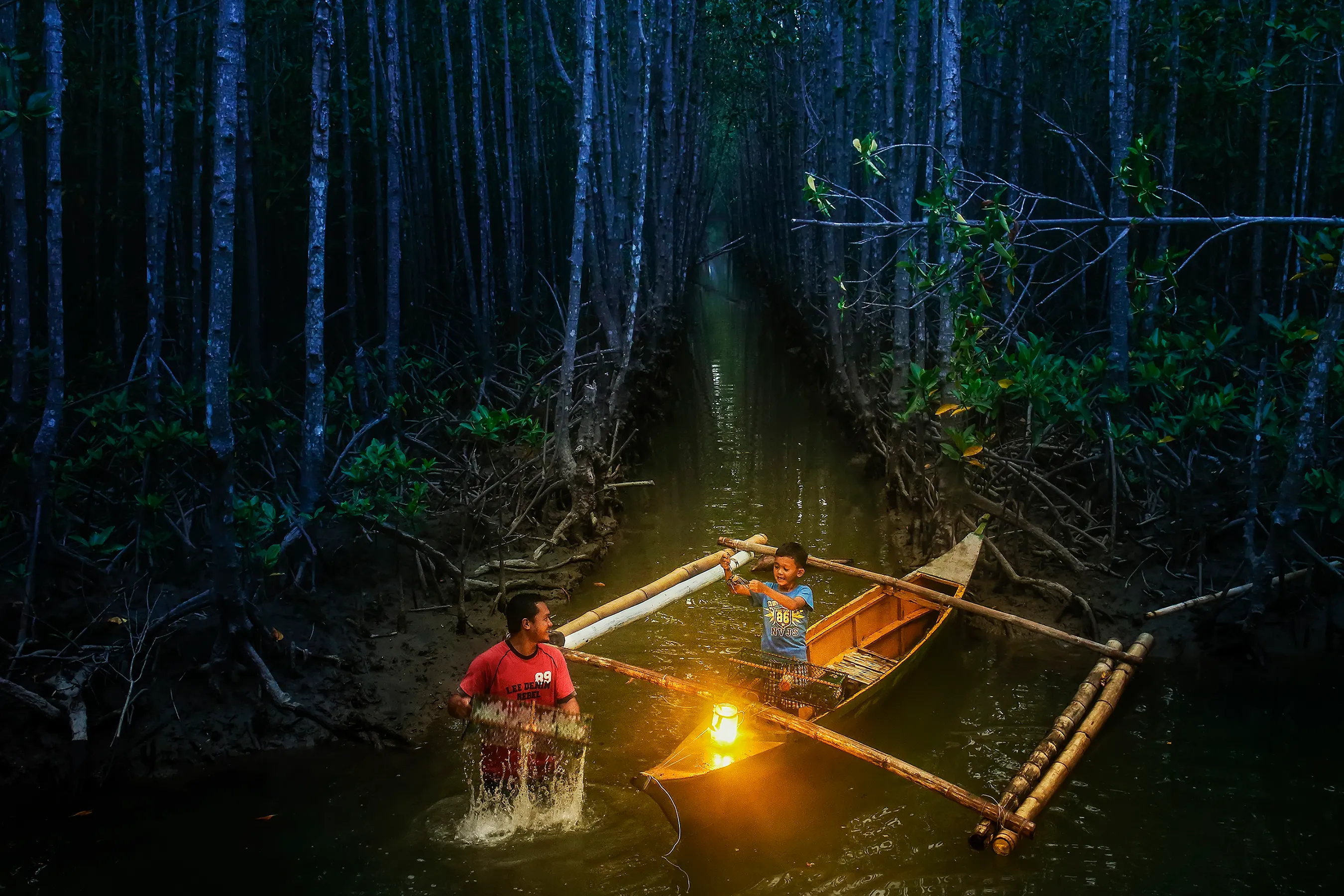
Bakhawan Eco-Park in Kalibo, Aklan is a powerful story of nature’s revival and community resilience. Once a polluted shoreline, it has transformed into a thriving 220-hectare mangrove forest—protecting against climate threats and sustaining local livelihoods. This award-winning eco-park now stands as a symbol of hope, where families like the father and son in this photo enjoy the bounty of restored ecosystems.
“In this photo, a father and son share a joyful moment over a basket brimming with freshly caught crabs—a powerful image of nature’s generosity and the legacy we pass on. Celebrated globally, including accolades from the UNFAO and the Golden Eagle Award, Bakhawan Eco-Park is not just a success story—it’s a beacon of what’s possible when people and the planet grow together.”
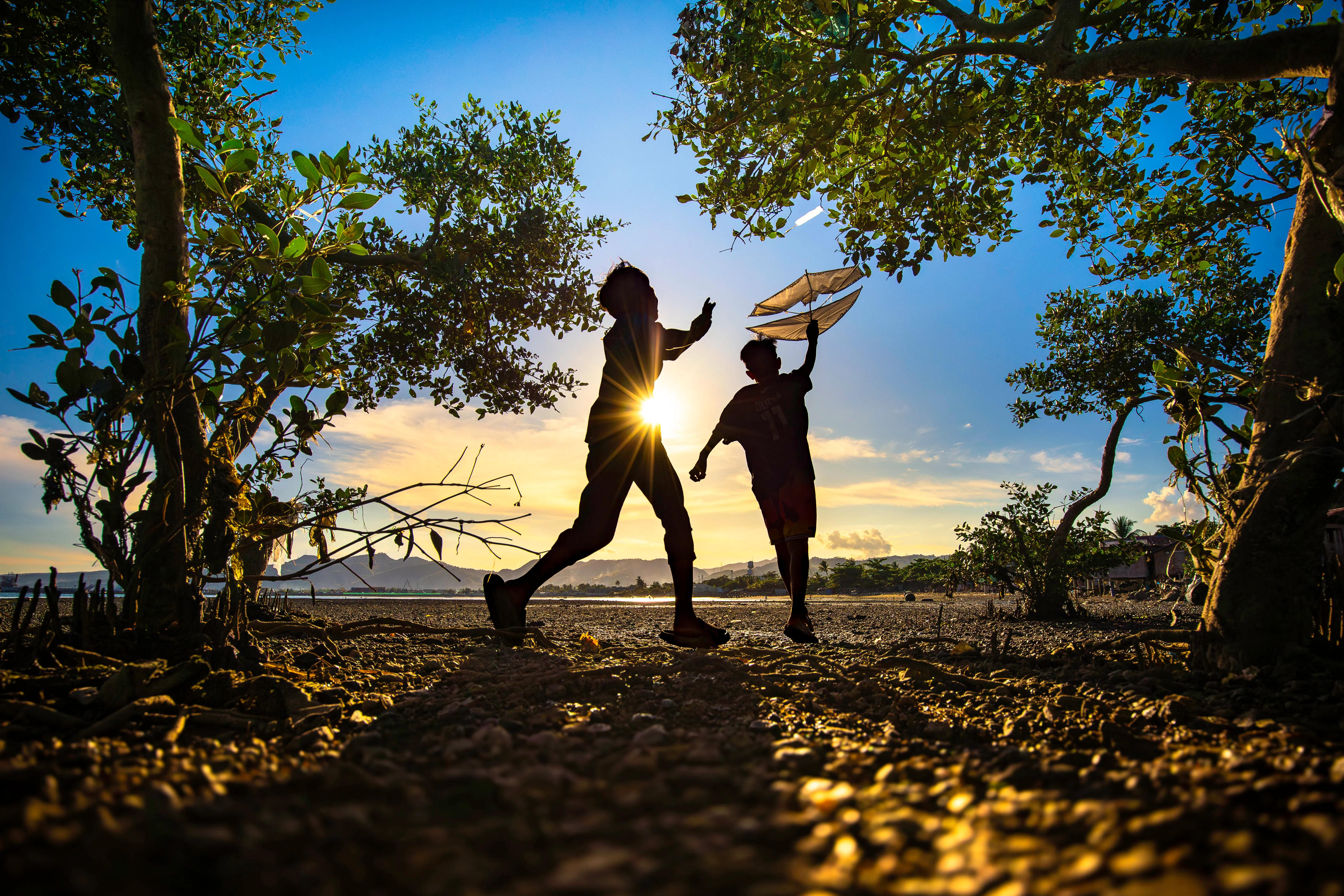


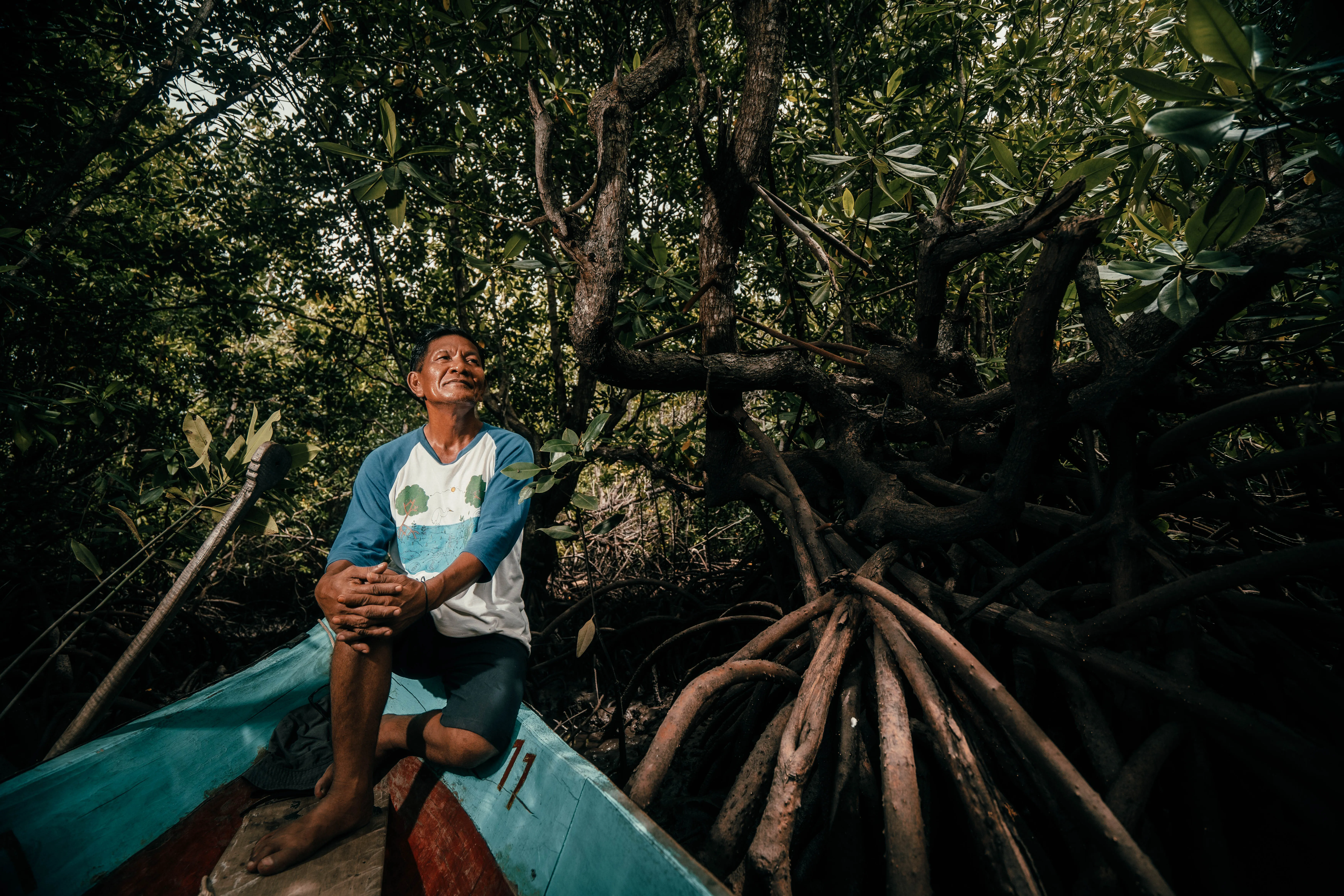
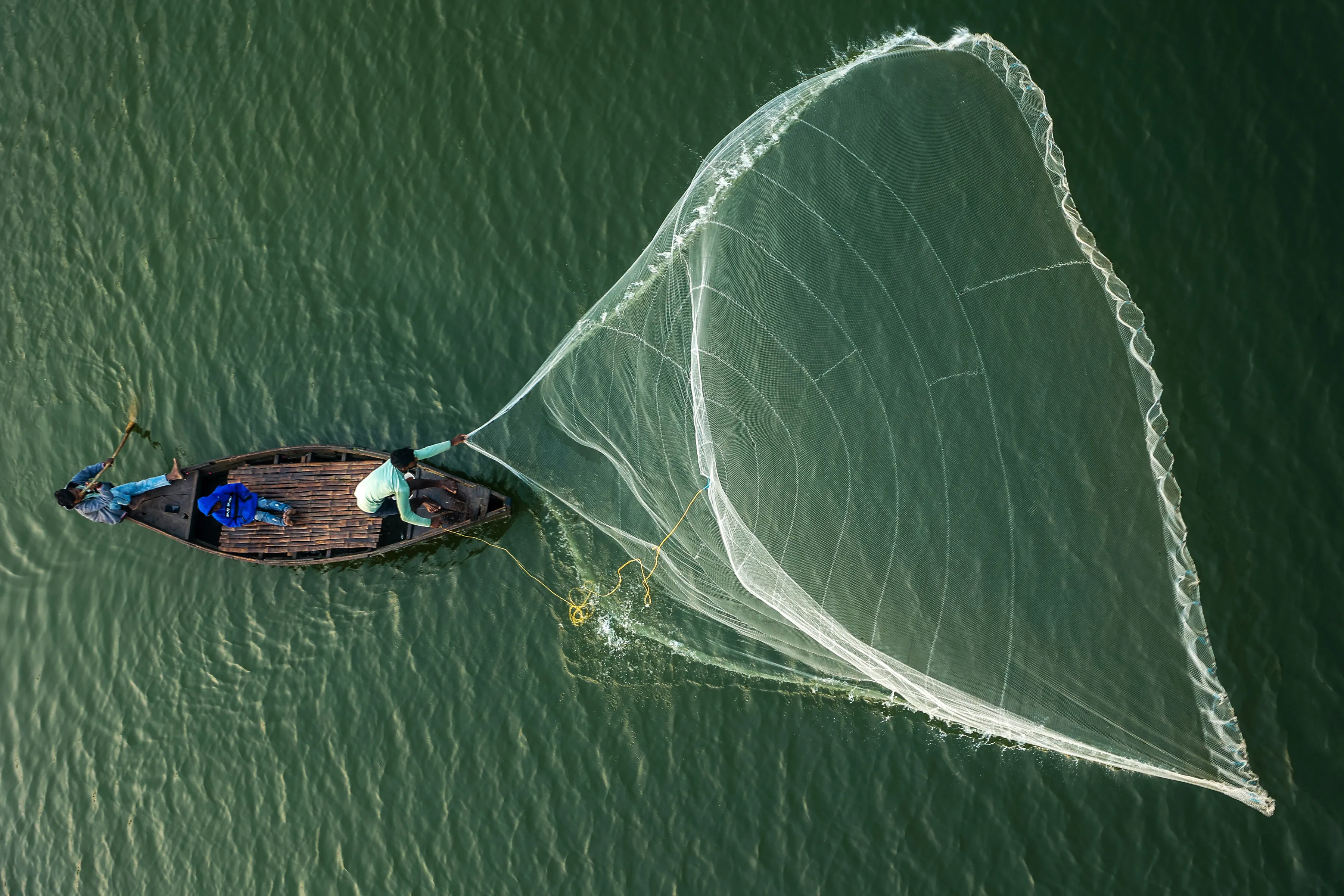

.webp)
After a winding route through many narrow canals, fisherman Manuel carries a heavy bee hive off a boat to its new home within the buffer zone of the Terraba-Sierpe mangrove forest, the start of a new mangrove honey project for the community.
“For the local communities that live in this wetland, one of the poorest regions in Costa Rica, their primary source of income comes from fishing. Sadly fish and clam populations are declining from overfishing, loss of habitat, and climate change putting economic pressure on the communities. In order to build resilience for the community, Osa Conservation is working alongside the community to kick start a mangrove honey project, training fishermen like Manuel in beekeeping and business development.”
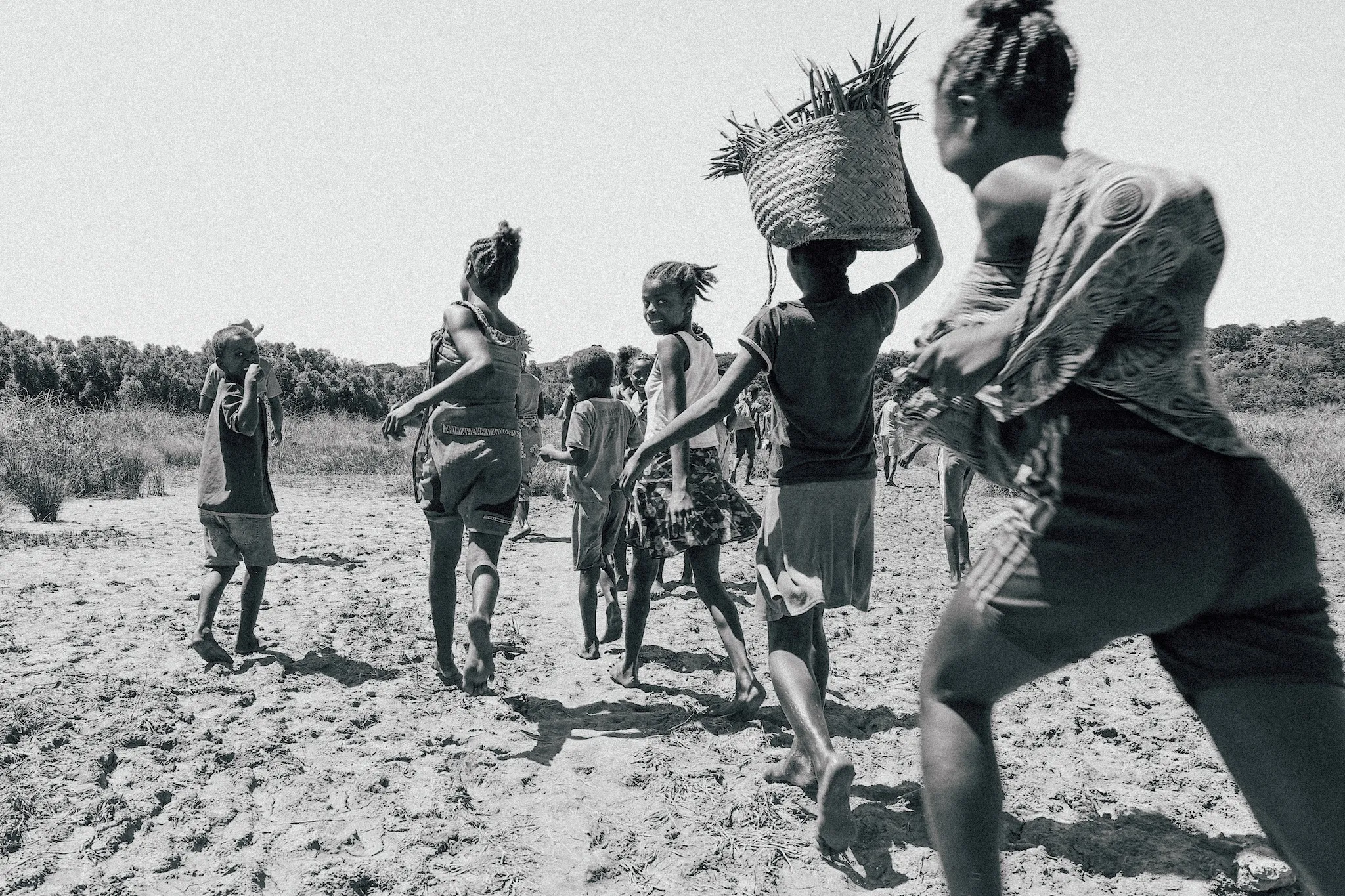
Local residents join forces to plant mangrove trees, vital guardians of the coast and symbols of community resilience.
“With the support of the Planete Urgence association, residents of Amtsatrama, in the Analalava district of northwestern Madagascar, during the planting of mangrove trees, amphibious trees capable of thriving along marine shores and allowing the formation of mangroves.”
.webp)



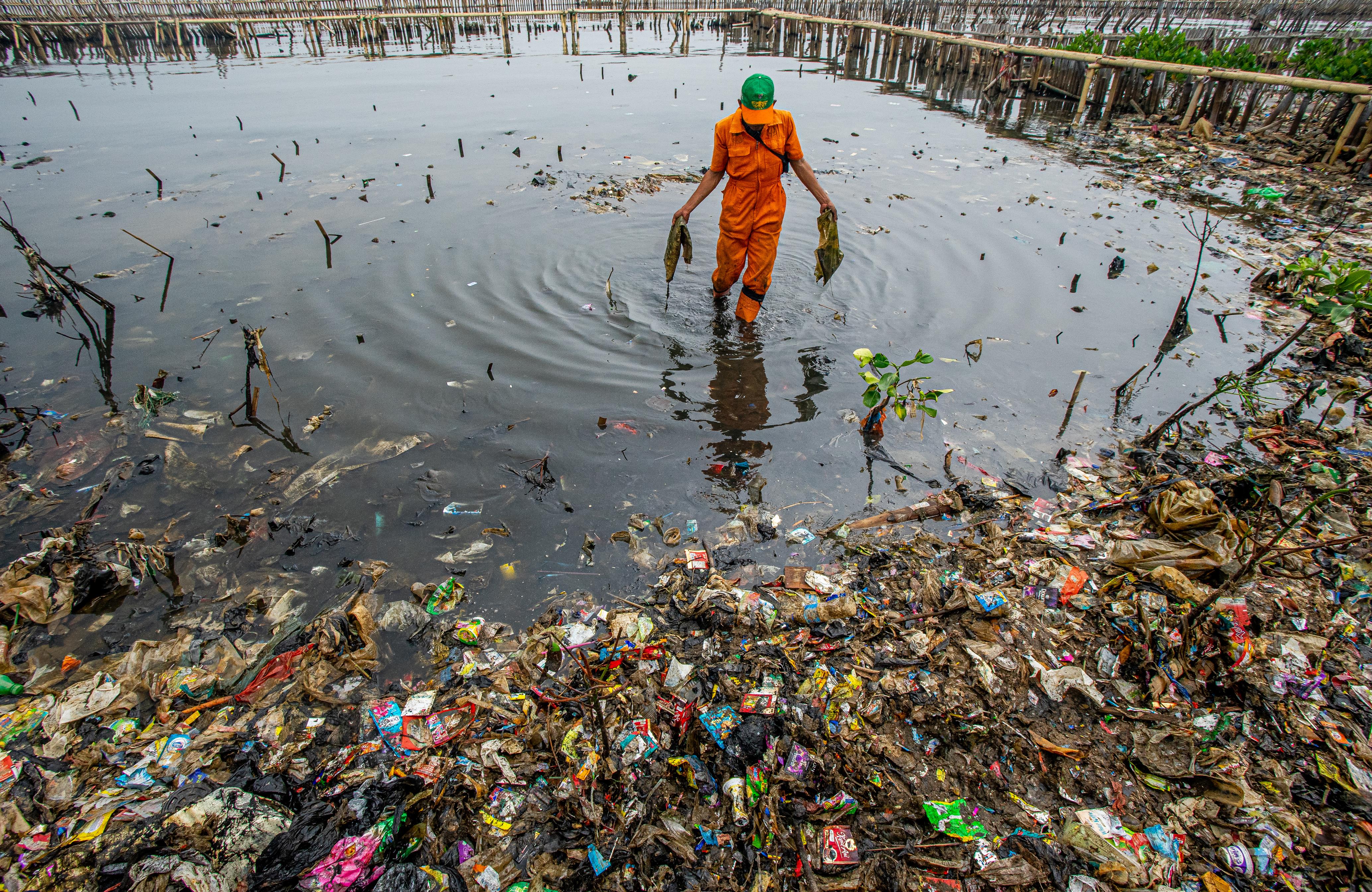
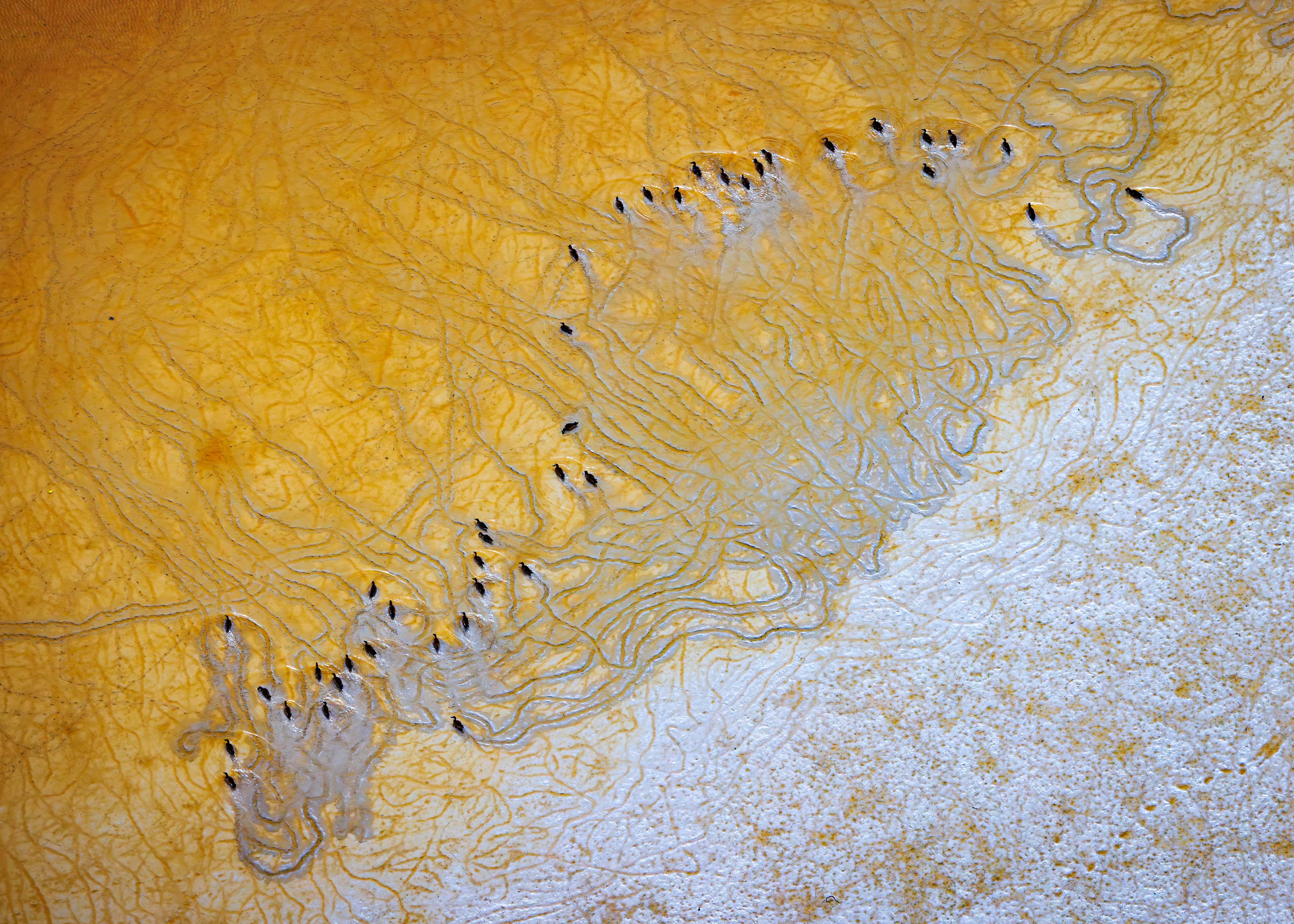
Blue-winged Teal create ephemeral artwork as they dabble for food in the chai-coloured shallows of Florida Bay, Florida.
“This image was taken last autumn after the summer rains had sent much needed freshwater flows into the Florida Bay estuary. The odd yellow colour is entirely natural and is a consequence of the mangroves lining the bay; the first flush of freshwater from the Everglades gains this rich whiskey hue as it passes through the swamp and extracts the tannins leached from decaying mangrove leaves. The migrating teal are feeding just downstream of the mangroves dabbling and filtering high densities of algae and other microorganisms from the shallow edge of the bay.”

During a series of flights to document the reserve’s conservation status at the beginning of the rainy season, the conservation photographer and storyteller noticed the intense colours below.
“These birds feed on algae and small invertebrates like crustaceans and plankton in the shallow waters. The mangroves offer a safe refuge, shielding them from disturbances and predators—making them an ideal rest stop during migration and a key contributor to biodiversity along Saudi Arabia’s coastlines.”
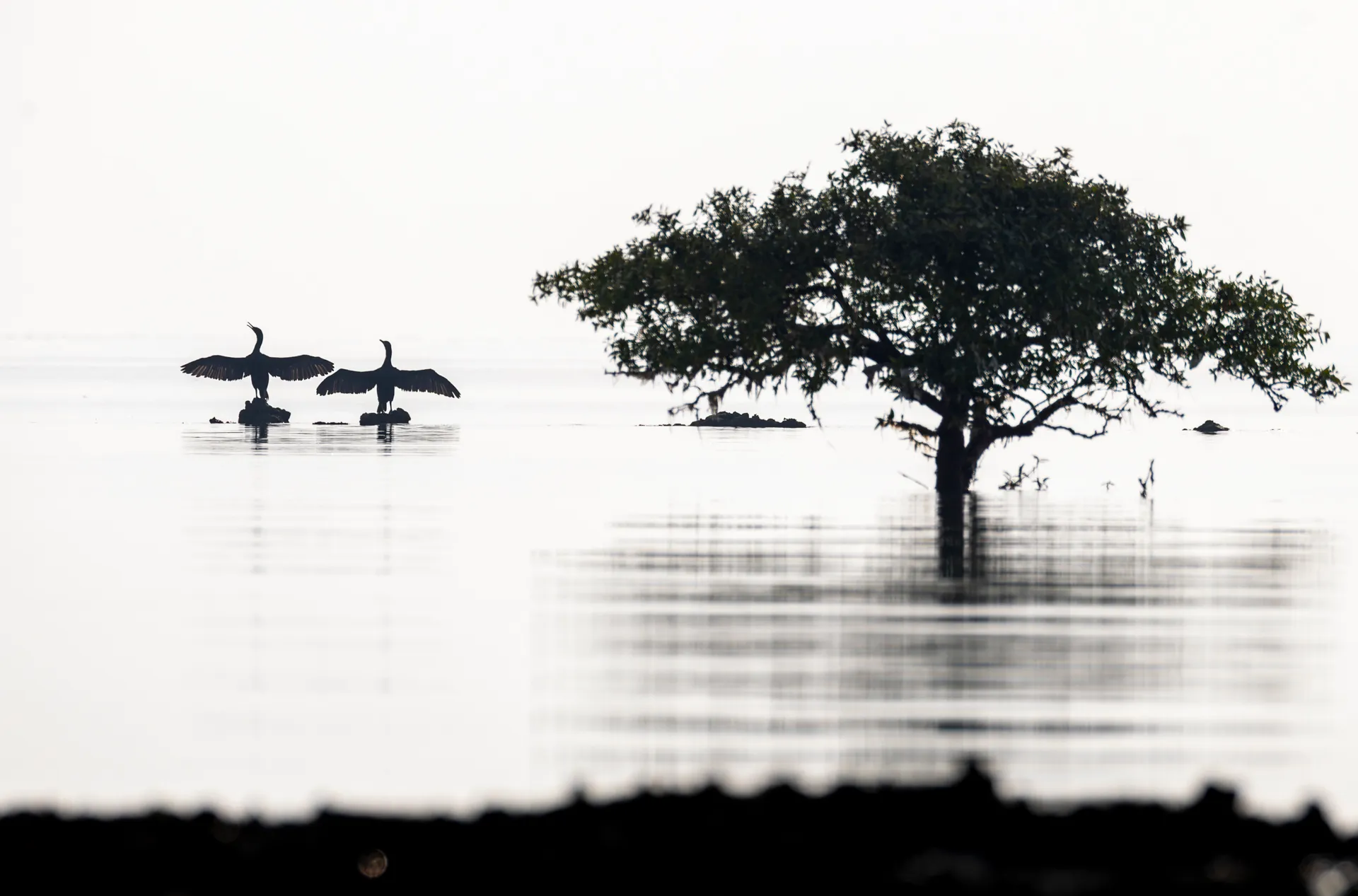

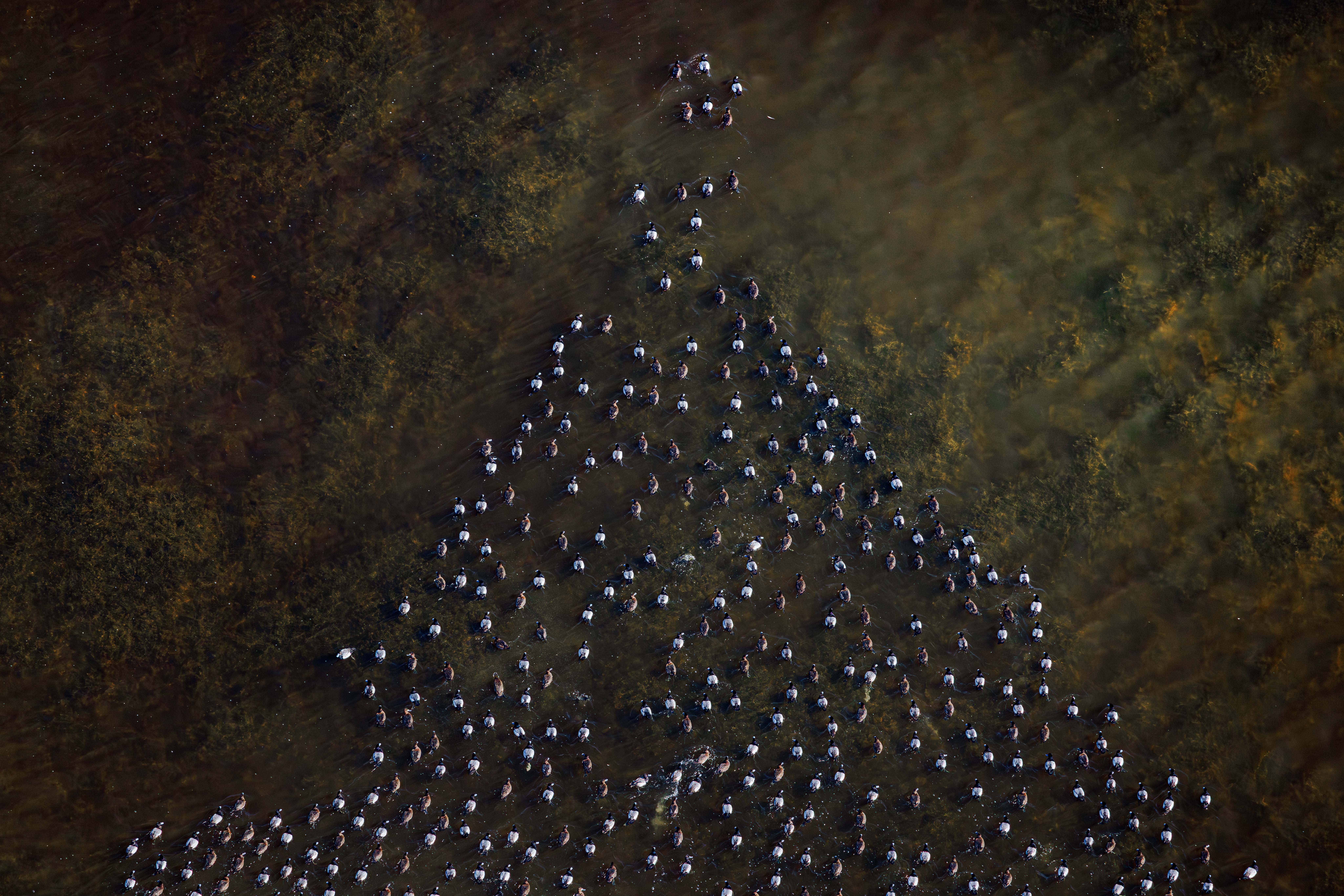

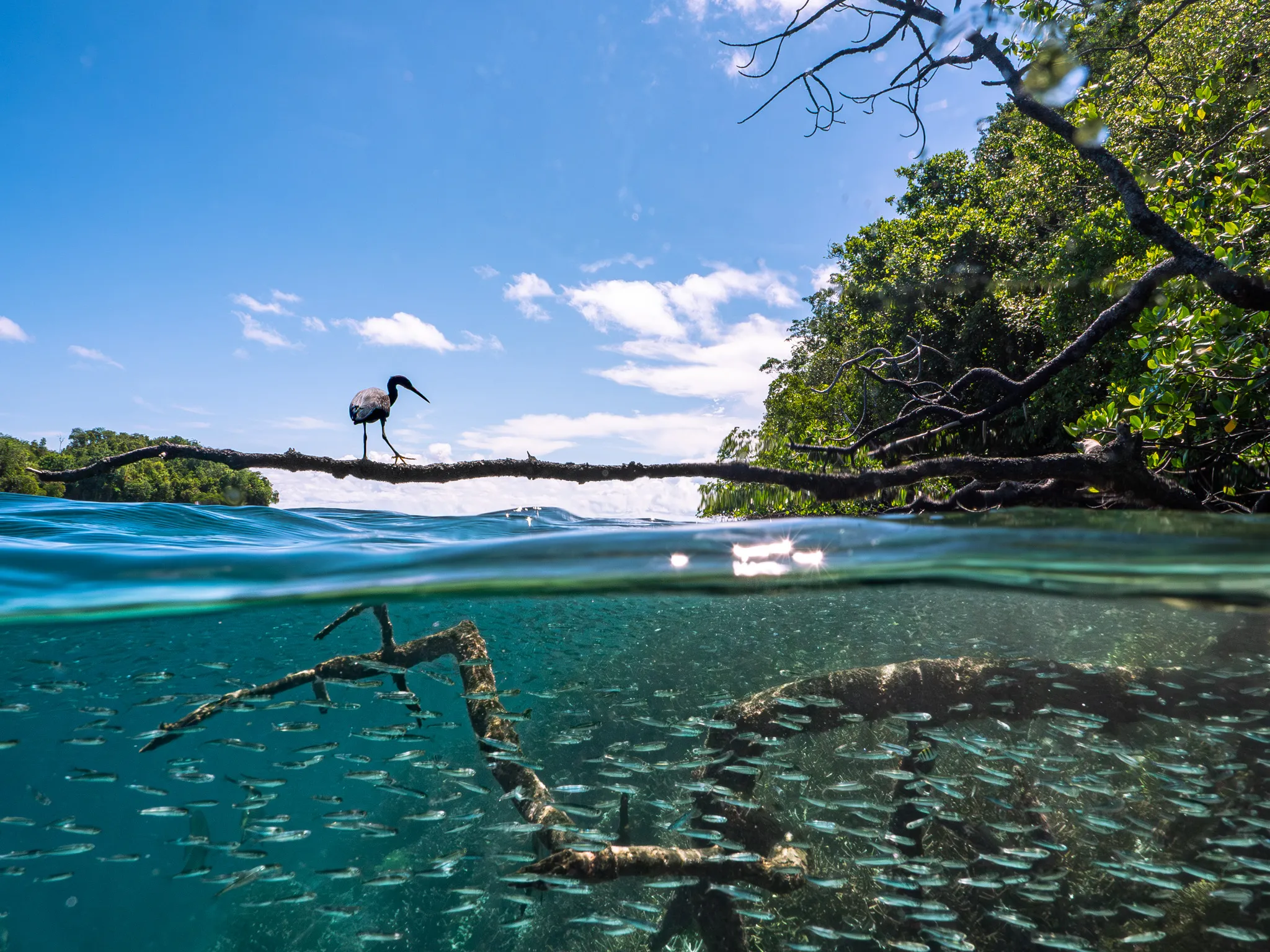

A young proboscis monkey enjoys an avicennia fruit amidst the dense mangrove forest.
“This juvenile proboscis monkey is seen savoring an avicennia fruit it found. The avicennia fruit is one of the primary food sources for proboscis monkeys. This image highlights the vital role of mangrove ecosystems in supporting the survival of this endangered species.”

Sundarbans is a challenging place because tiger territories keep submerging into water every six hours according to the moon cycle. While there is a myth in people that Tigers do not do scent/territory markings here because they lose the mark in water very quickly, I was lucky to photograph this rare behavior in mangroves.
“The only funny part was, the urine went right on the subadult tiger’s face.”
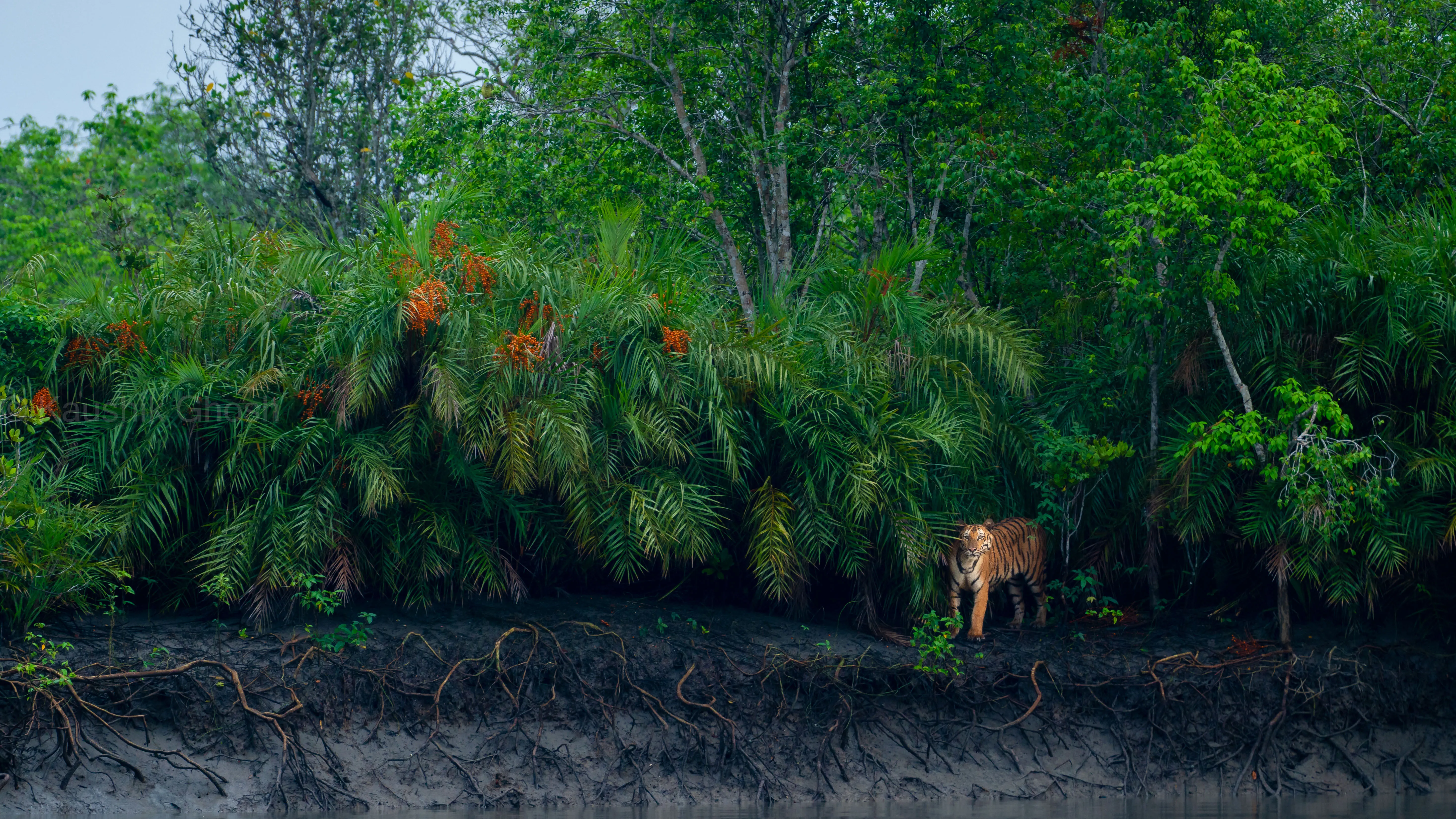

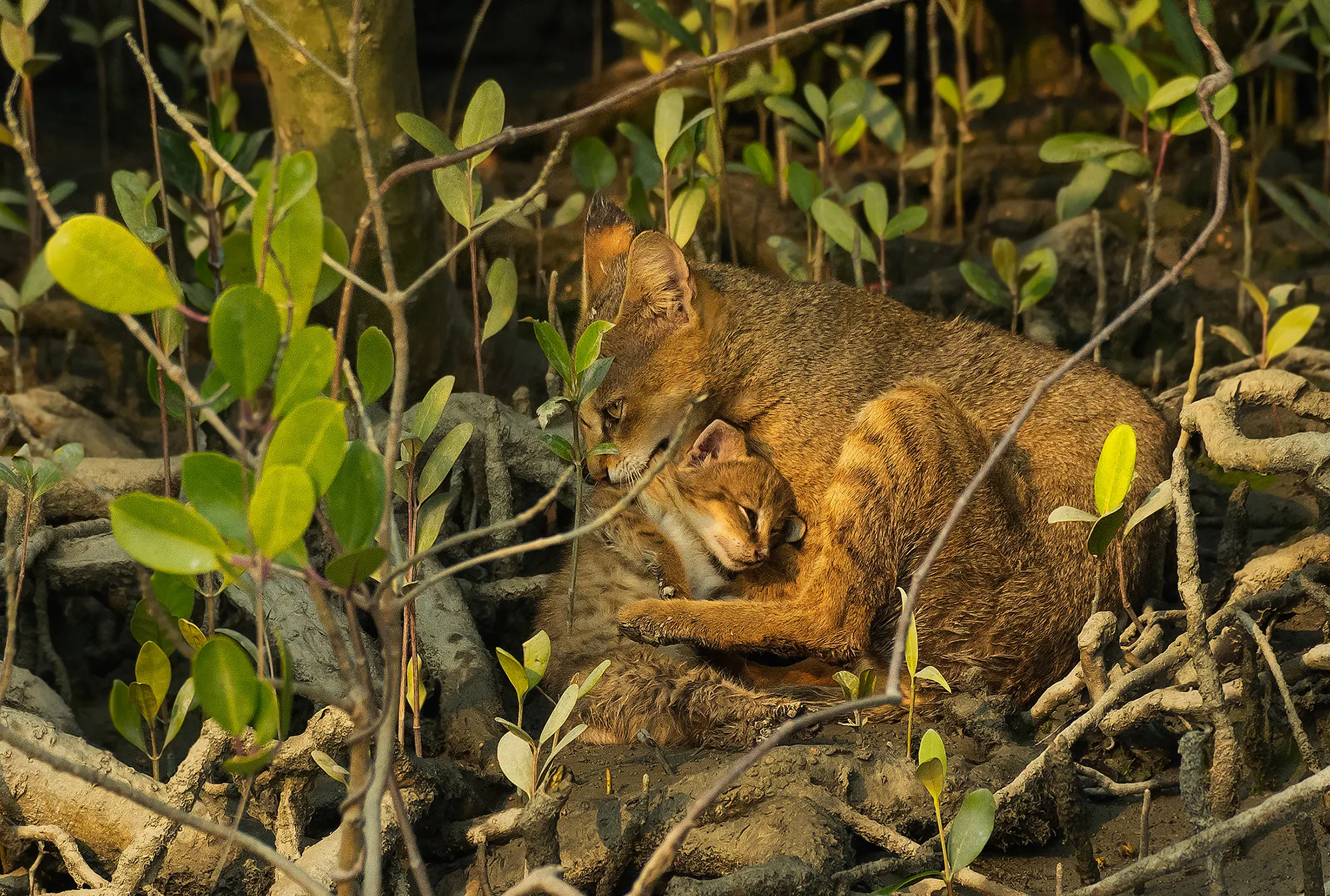

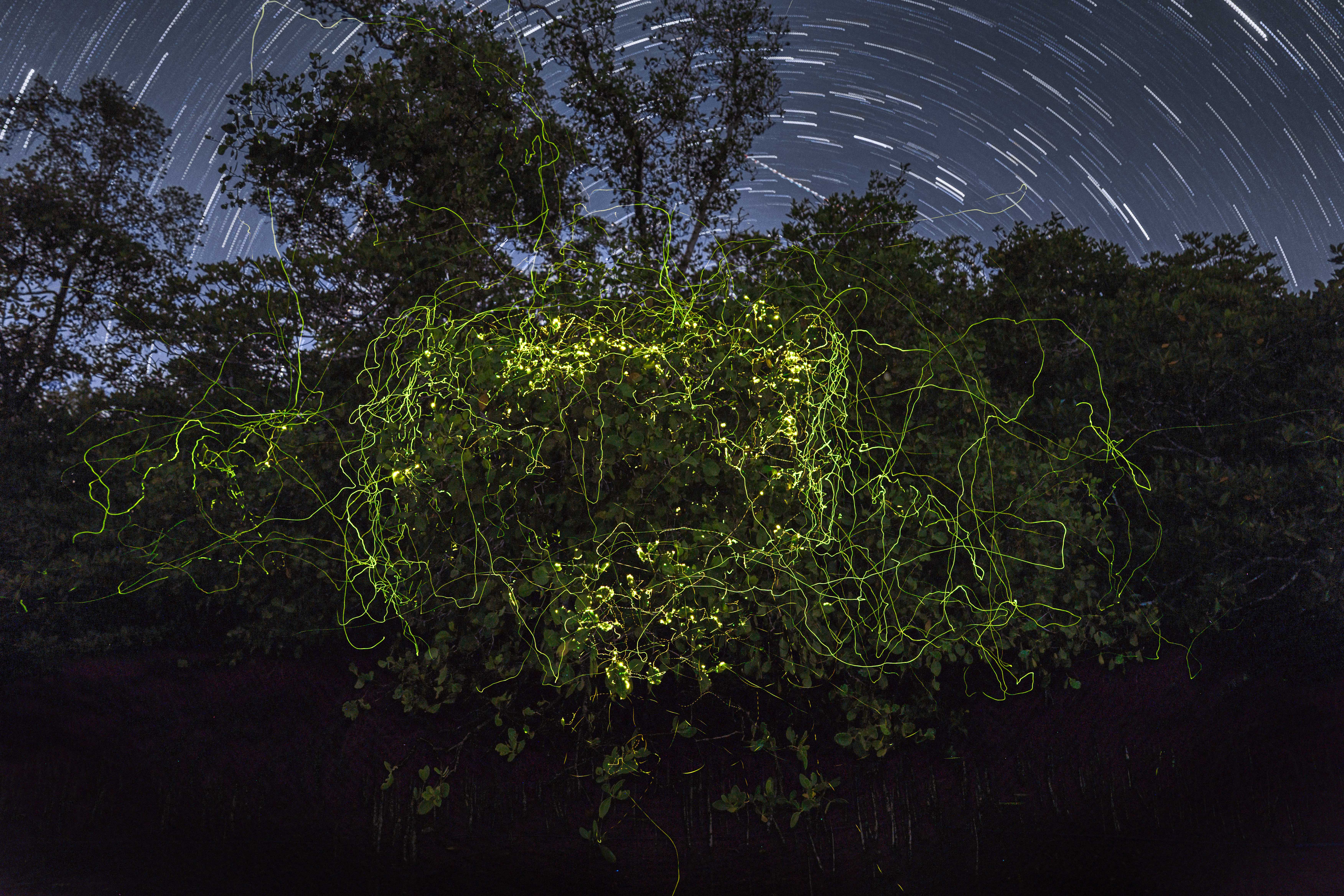
The dance of a colony of fireflies painting trails of light across a mangrove apple tree in the dark as captured by a long exposure. The trails gathering around this particular tree shows the fireflies’ affinity for the particular tree — with only a few individuals venturing away briefly before turning back.
“The first time I visited the location was several years ago. Having never seen fireflies before I was amazed at the brilliant strobes of light they emitted, but I was also equally frustrated about not bringing a tripod. This time arriving at low tide and with a tripod in hand I intended to capture an image that could convey the size of the colony and how they move around.”
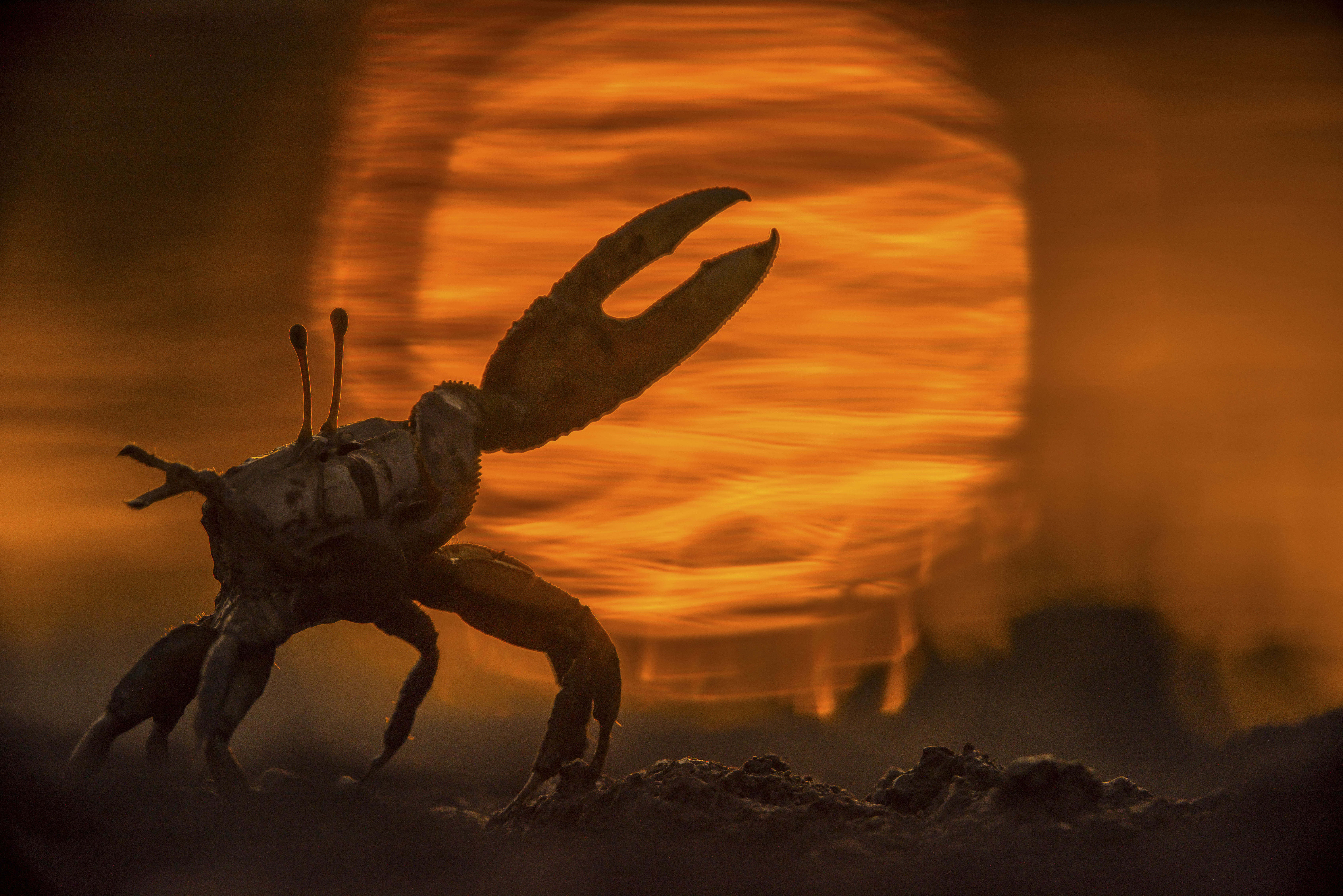
A male Fiddler Crab (Uca sp.) performing a signal dance in the mud at sunset.
“A male Fiddler Crab (Uca sp.) performing a signal dance in the mud at sunset. During courtship, males wave their enlarged claw and produce sounds to attract females. This behavior is more intense at night and can involve synchronous waving with other males.”
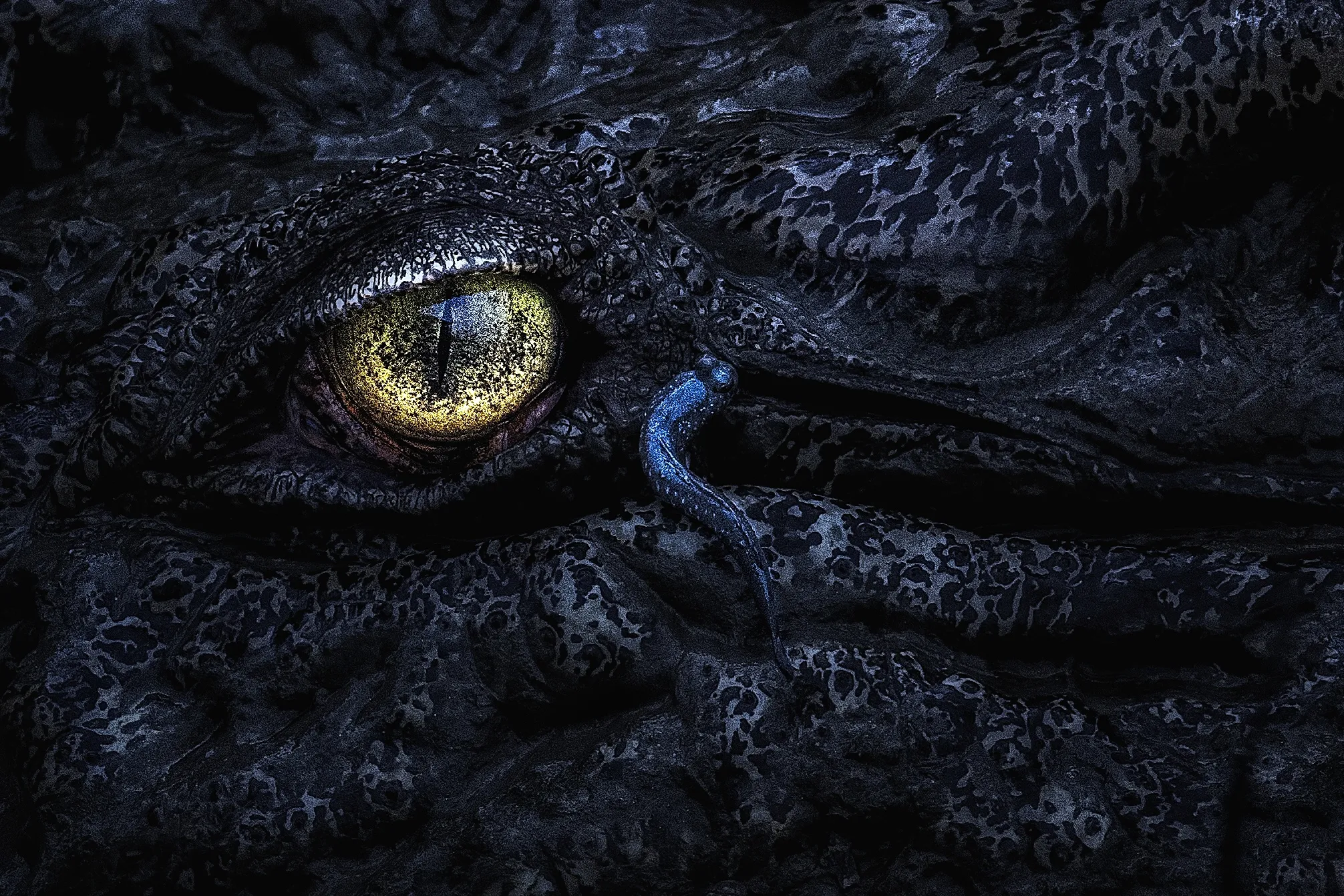

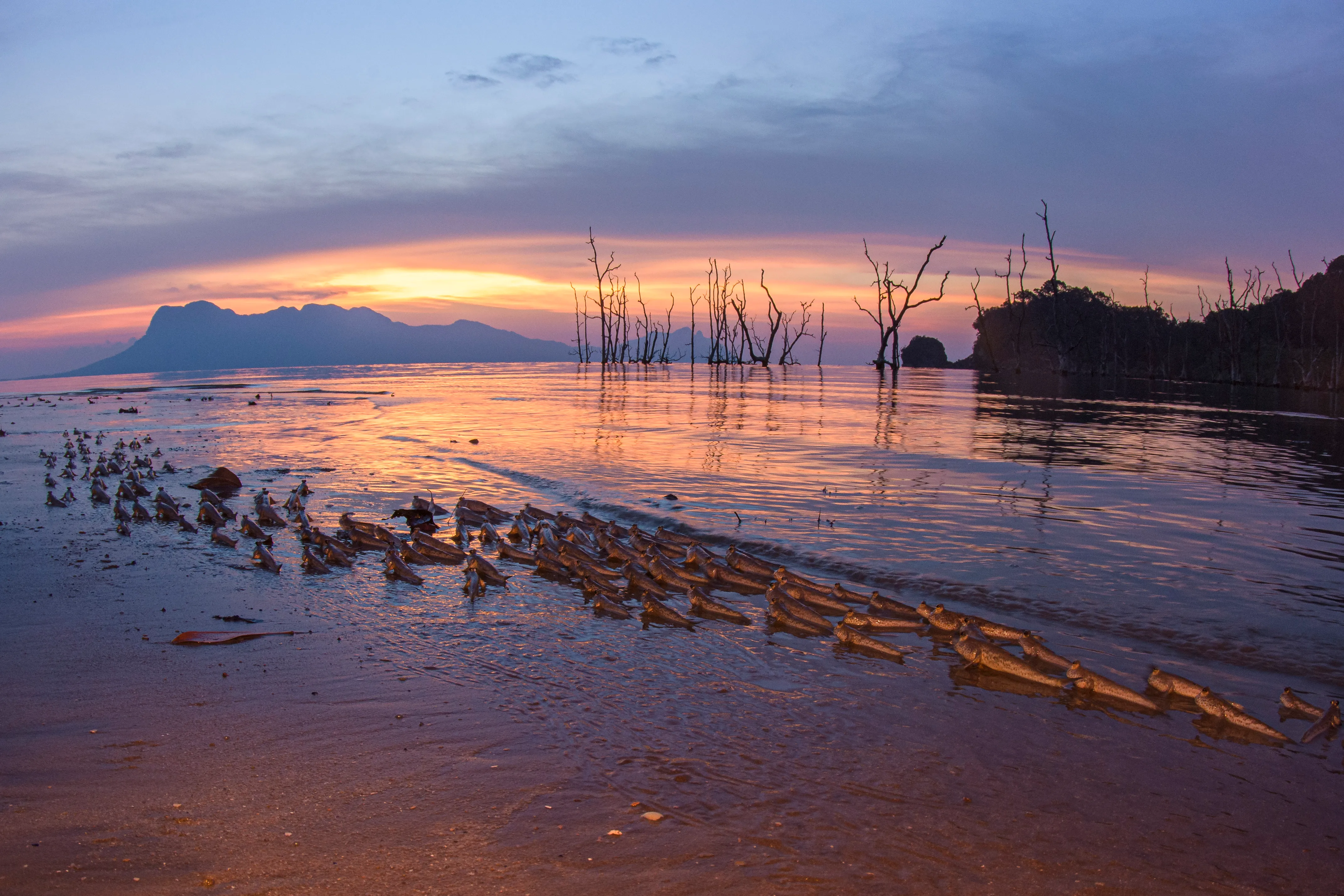

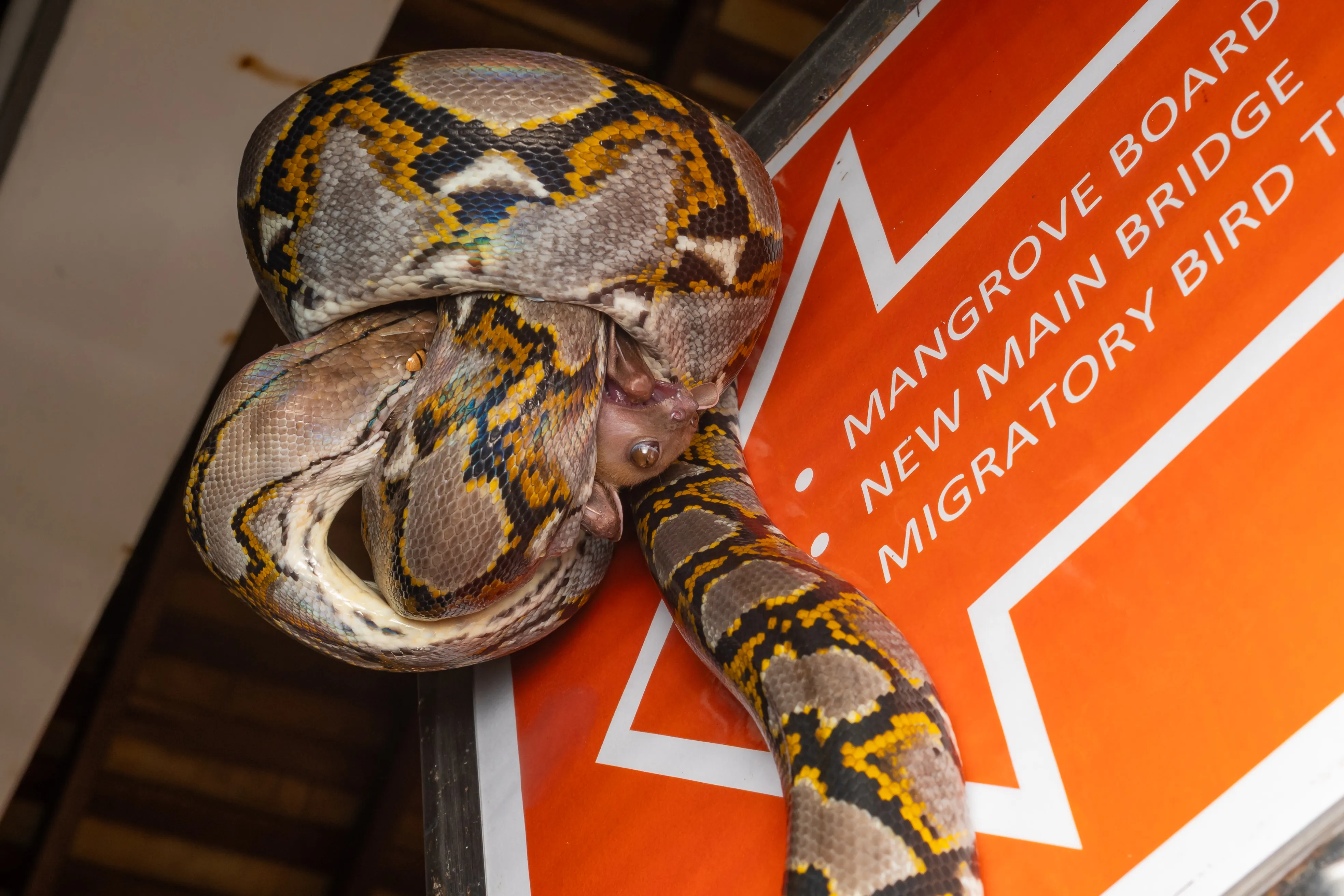

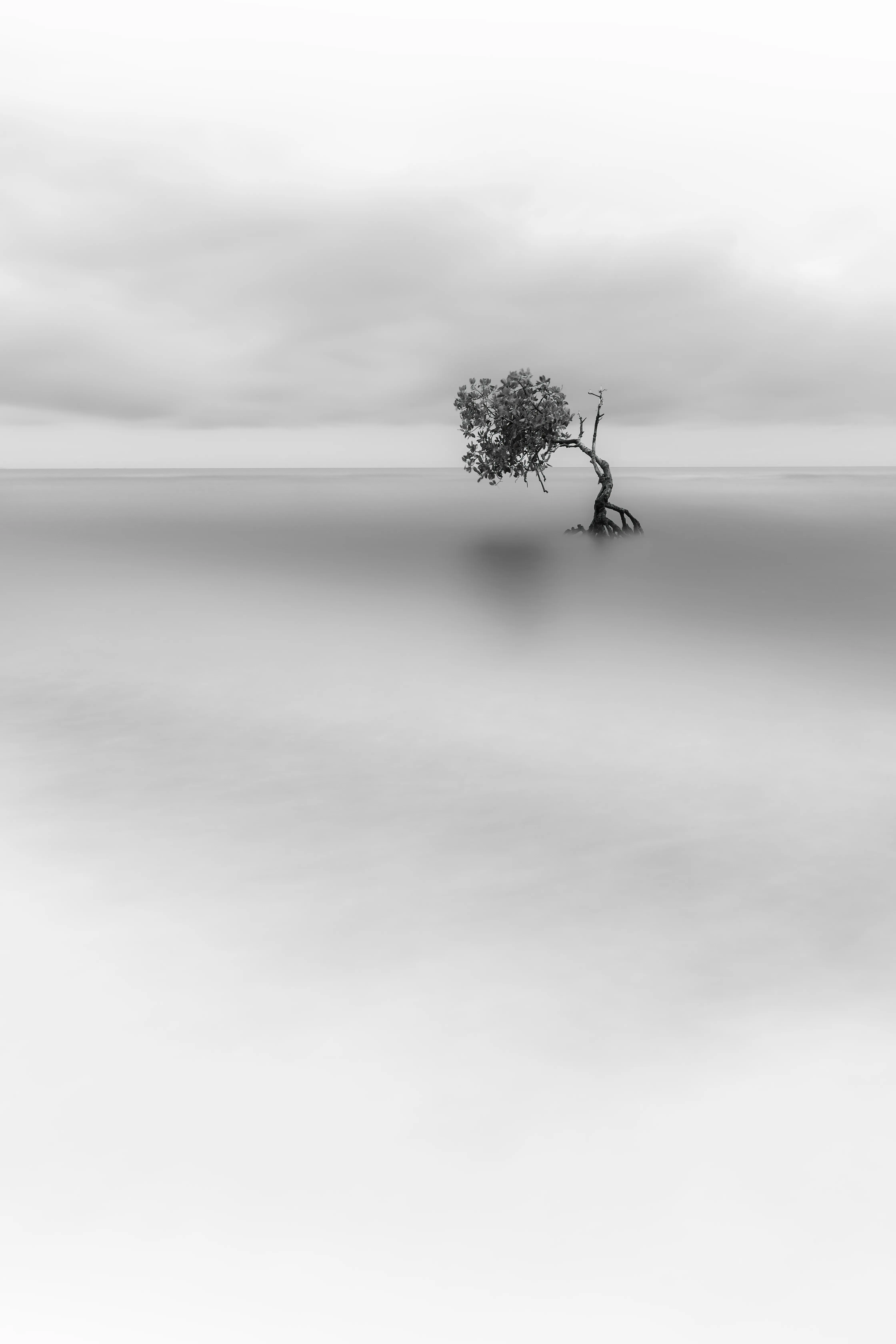
A solitary mangrove tree curves gracefully above a smooth, glass-like sea—captured in long exposure, evoking a final, quiet gesture of endurance.
“This image steps into the realm of fine art photography. Using a long exposure, I transformed the moving sea into a motionless, reflective surface—like an ice skating rink. Against this backdrop stands a single, bent mangrove tree, its shape uncannily resembling a person taking a bow after a performance. It’s the only tree on this stretch of coast, and I found myself wondering what happened to the others. In that context, the bowed form became symbolic: a final act, a solitary performer acknowledging the end.”
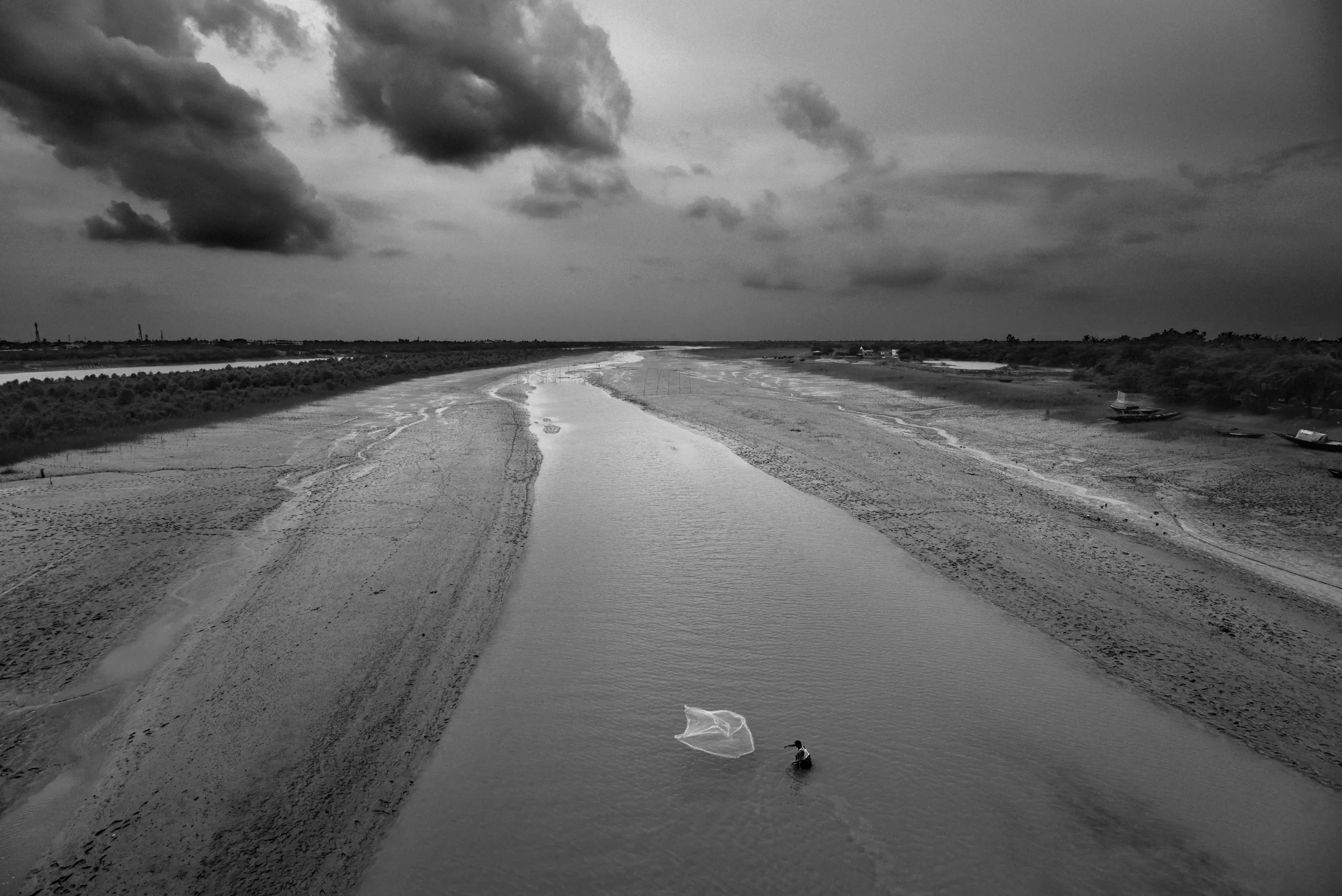
A fisherman is fishing in the river Matla during the low tide.
“A fisherman is fishing in the river Matla during the low tide in Canning, a town in West Bengal. Canning is considered as the gateway of the mangrove forest of Sunderban in India.”
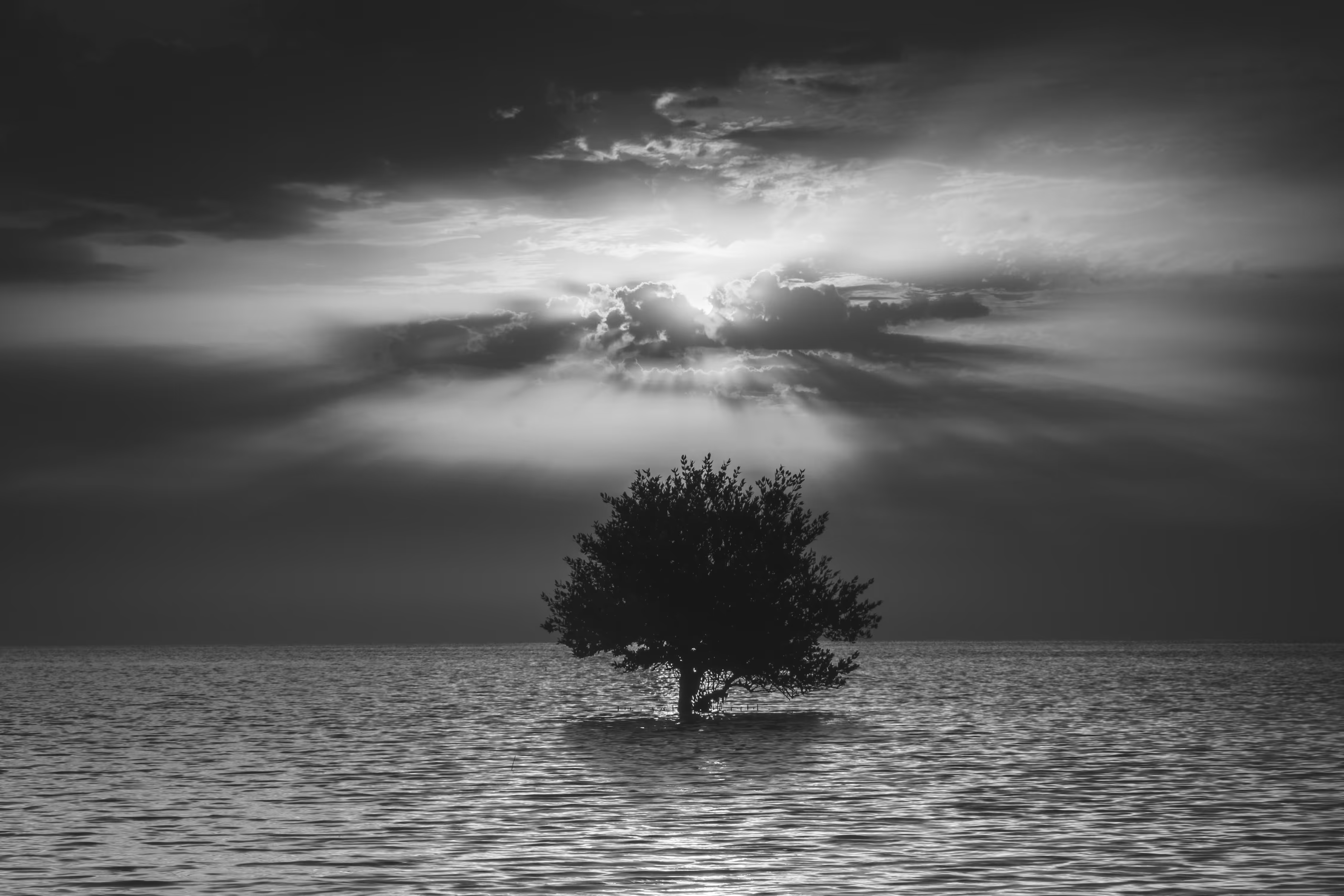
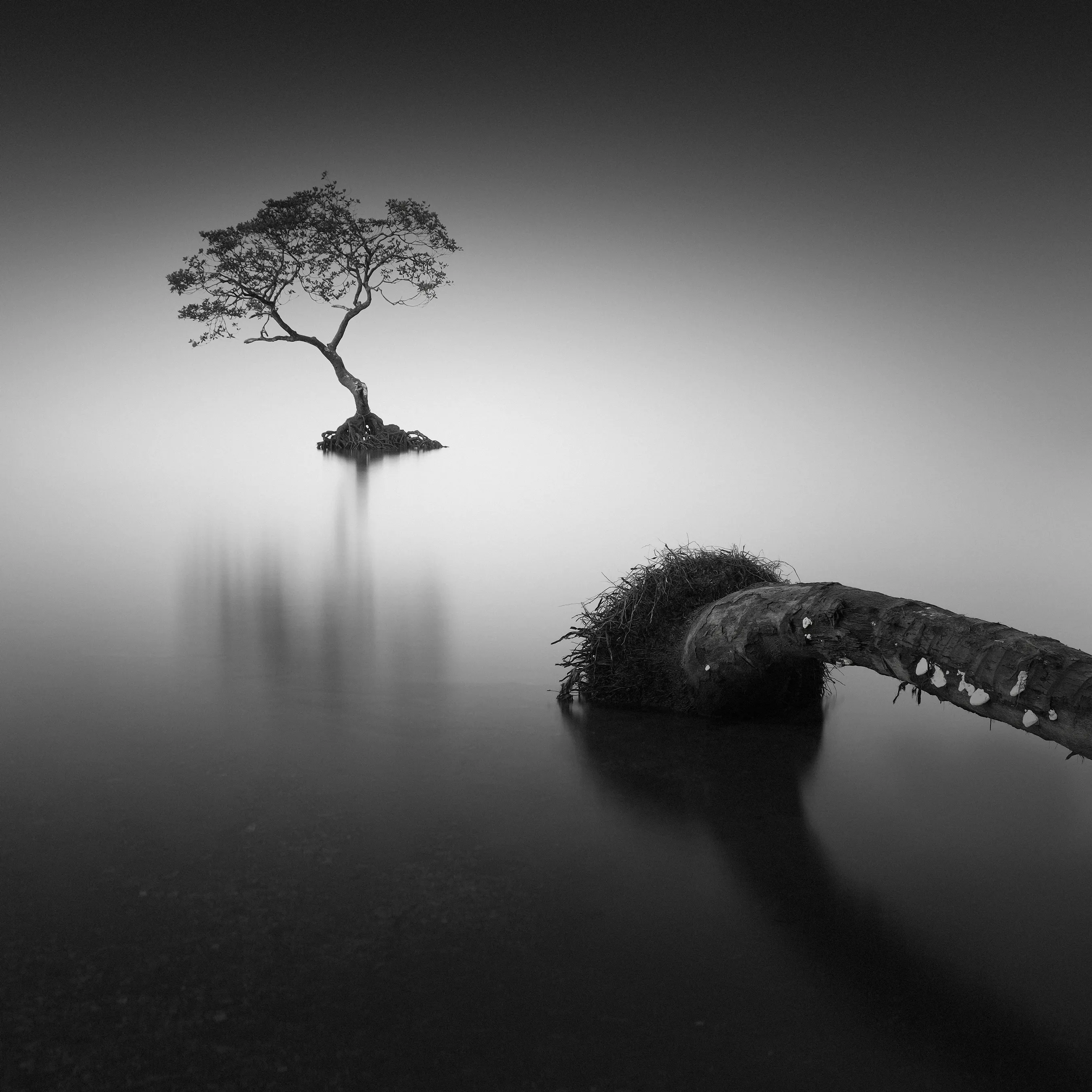

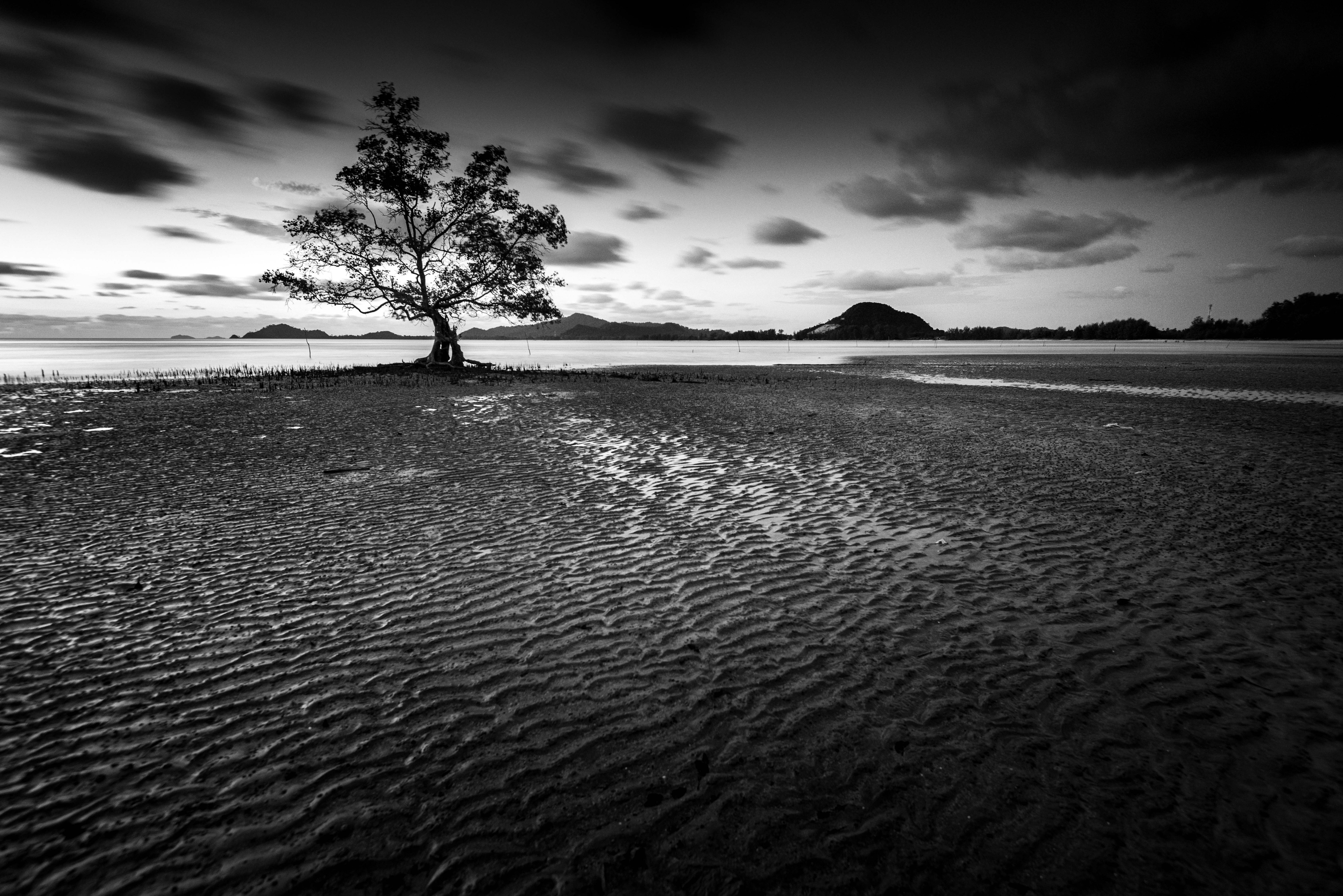
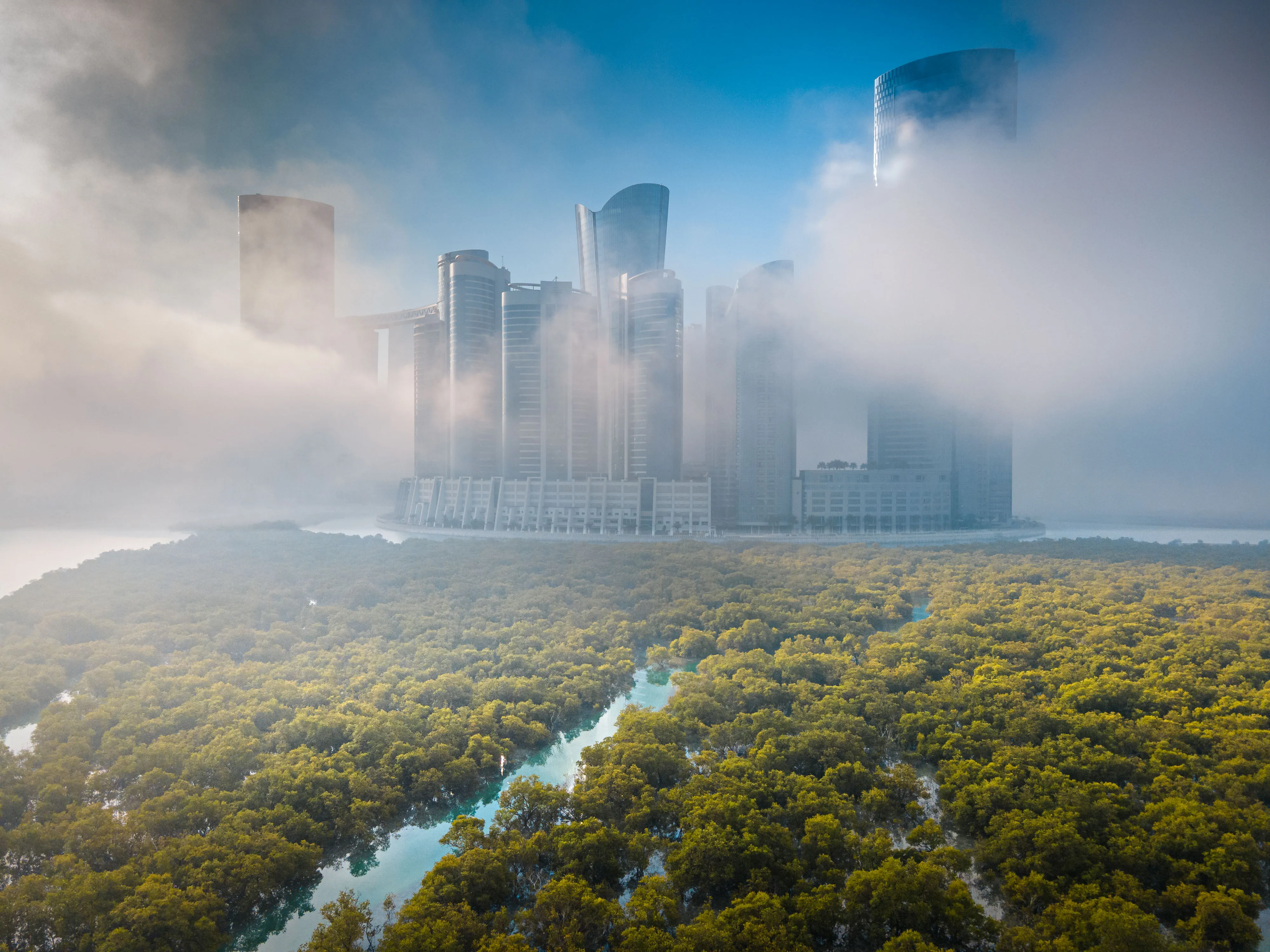
The harmonious blend of mangrove nature with the modernity of the city — a captivating contrast where urban innovation meets the timeless rhythm of the wild.
“The contrast between the mangroves in the foreground and ultra-modern cityscape in the background highlight the very relevant subject of maintaining natural ecosystems in the face of developing societies.” says judge Chien.

Aerial image taken from a helicopter of a tannin stained tidal creek and mixed mangrove community, NSW north coast.
“The colours are very striking, and something very intriguing in how the drainage patterns resemble tree branches,” says judge Chien.
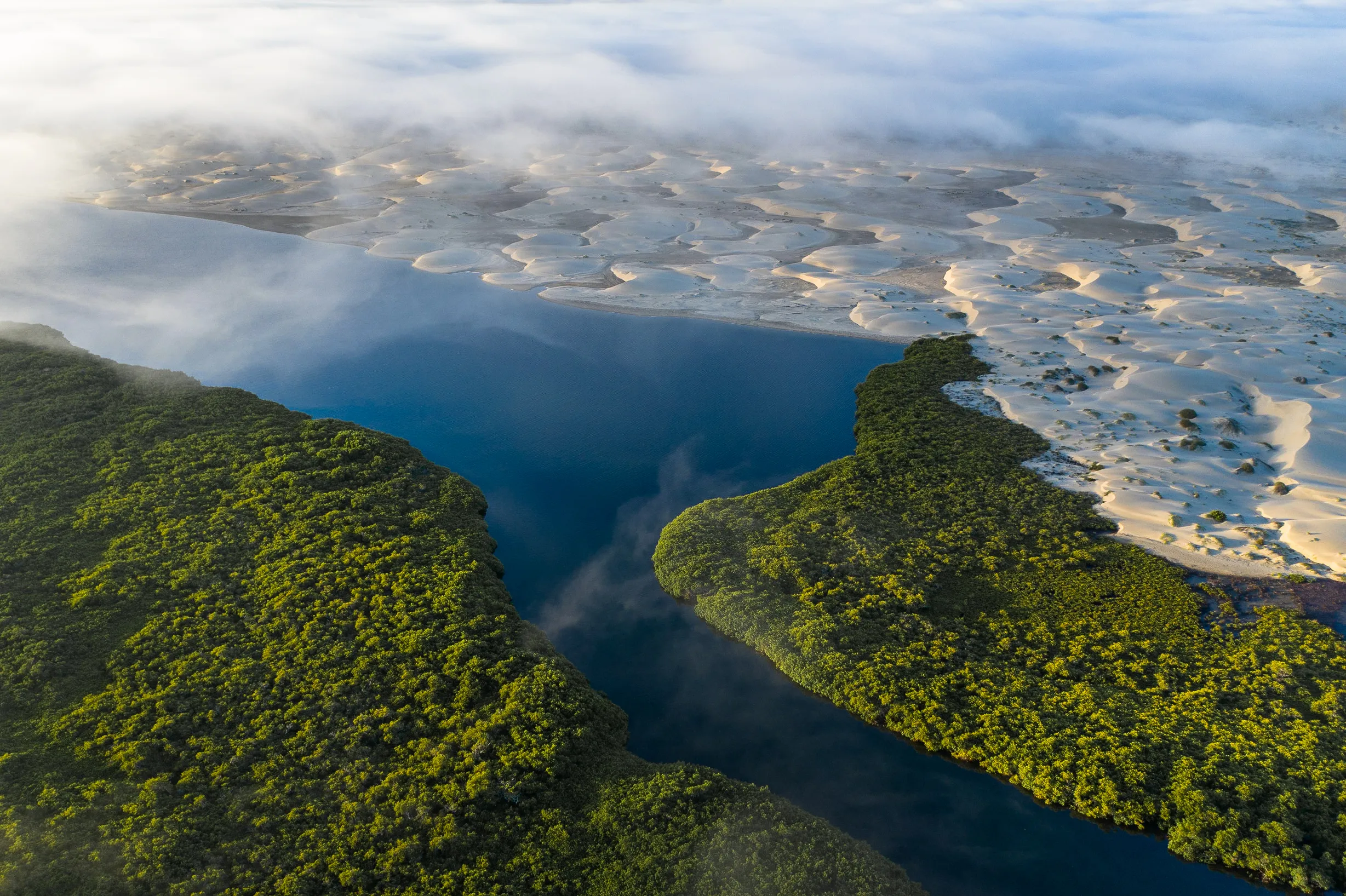
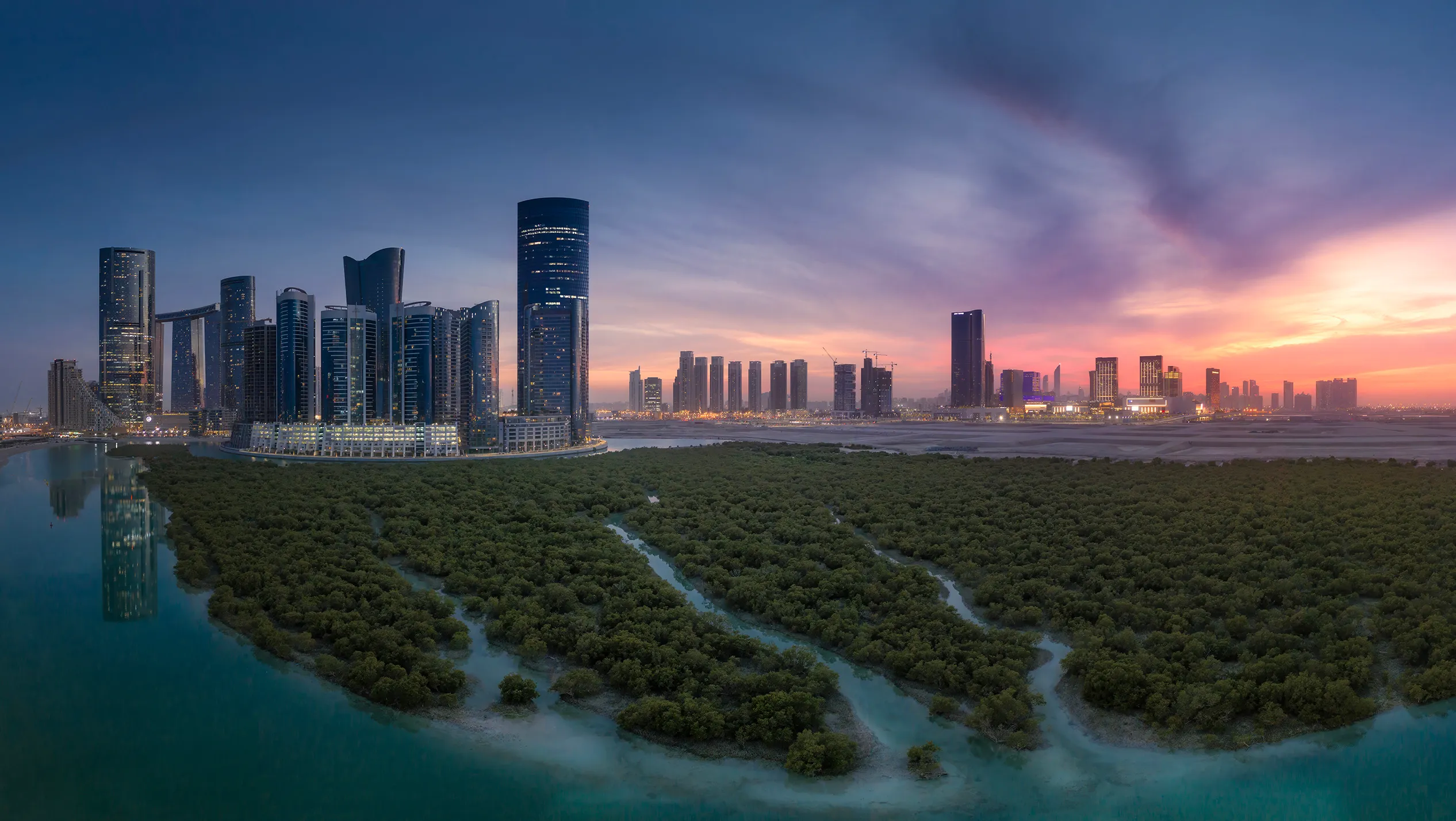


.webp)
A stunning view of the Milky Way unfolds above a landscape where mangrove trees and forests blend in perfect harmony.
“This is Walakiri Beach. Not long after sunset, a breathtaking view of the Milky Way unfolded overhead. It's pristine where you can experience the spectacular night sky in all its glory.”
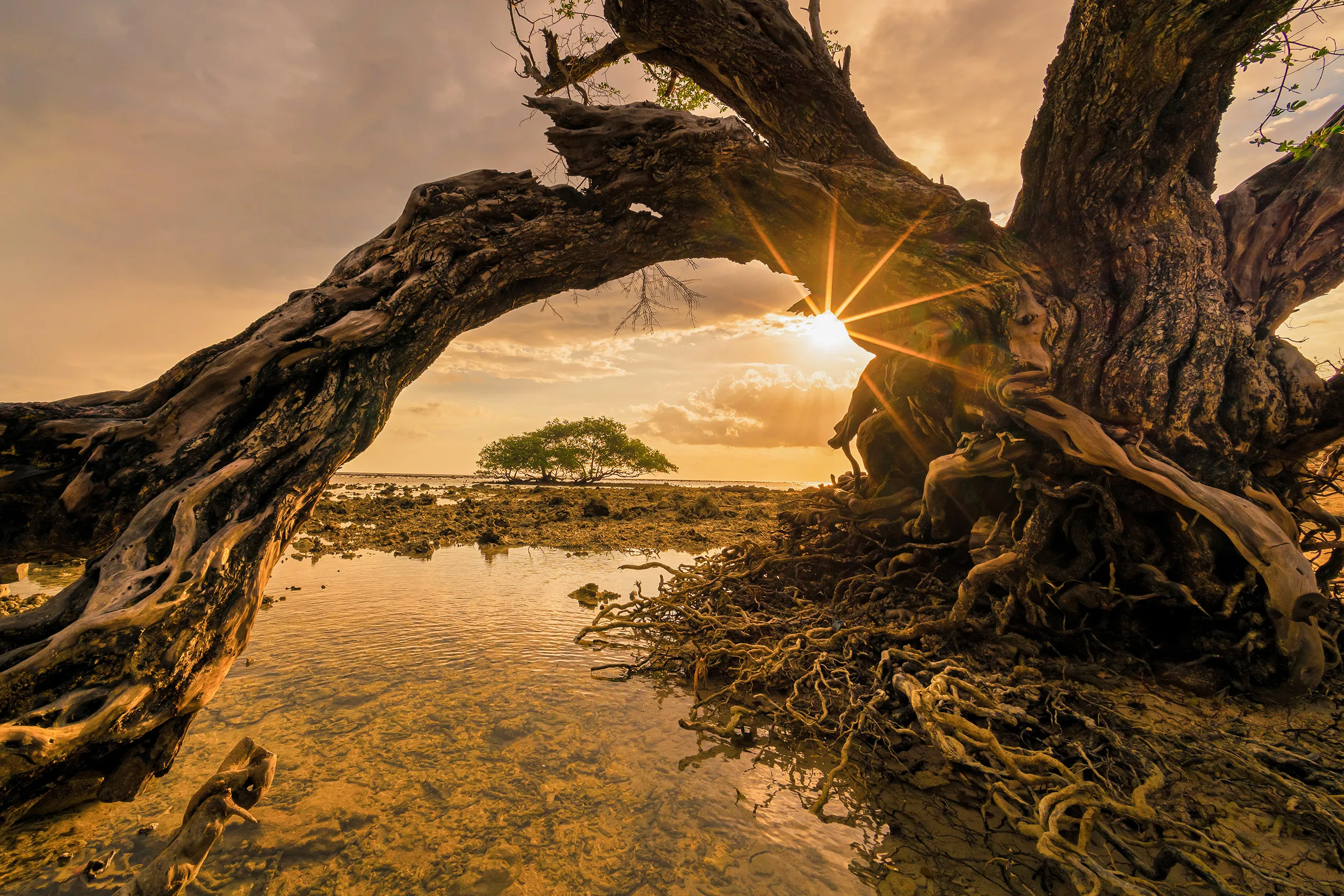
Photo taken at the seashore of Gili Trawangan, an island in Indonesia, during sunset.
“Taking a long walk at the seashore during the time of low tide to suddenly find this subject. Using a super wide angle lens to make this shot.”


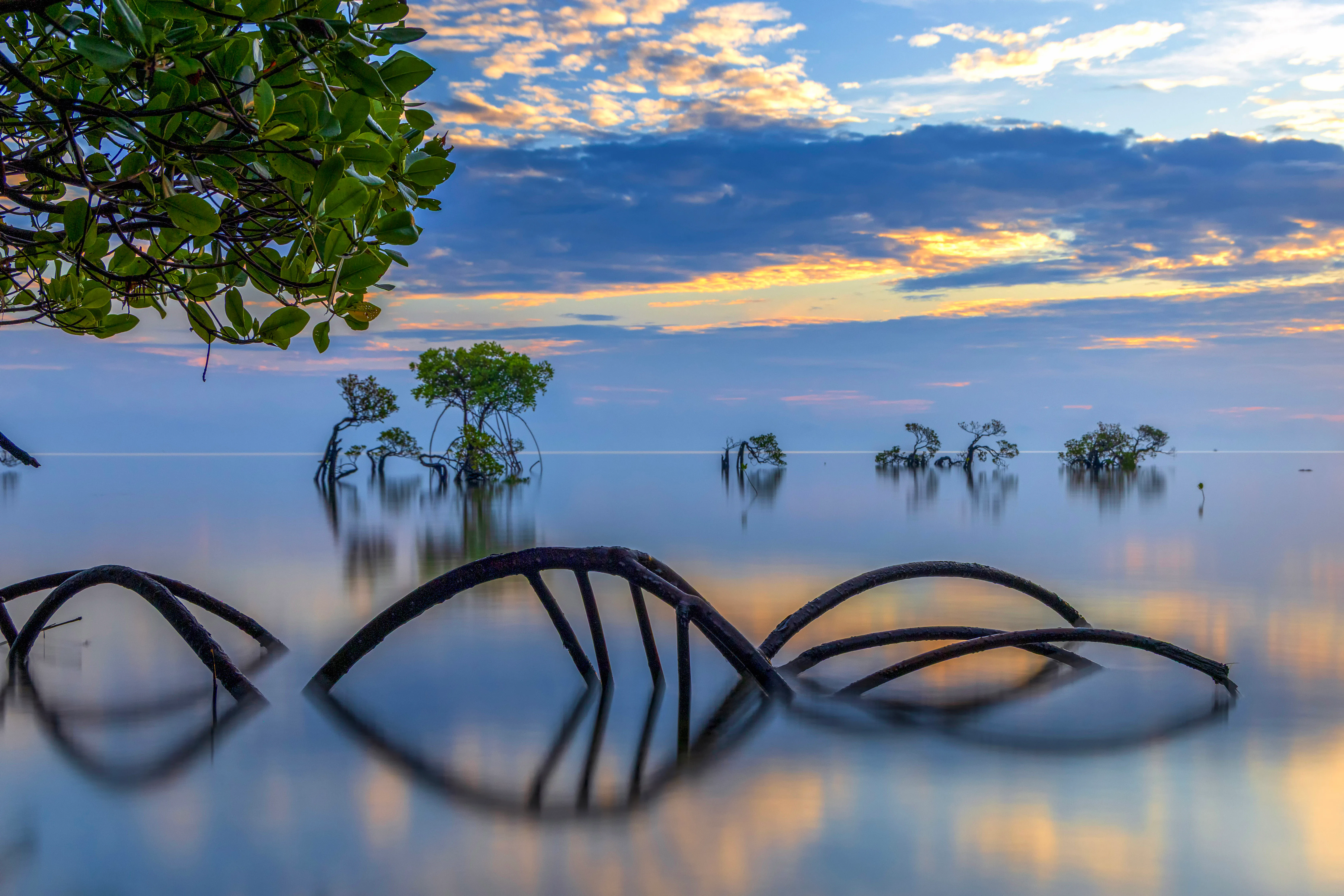
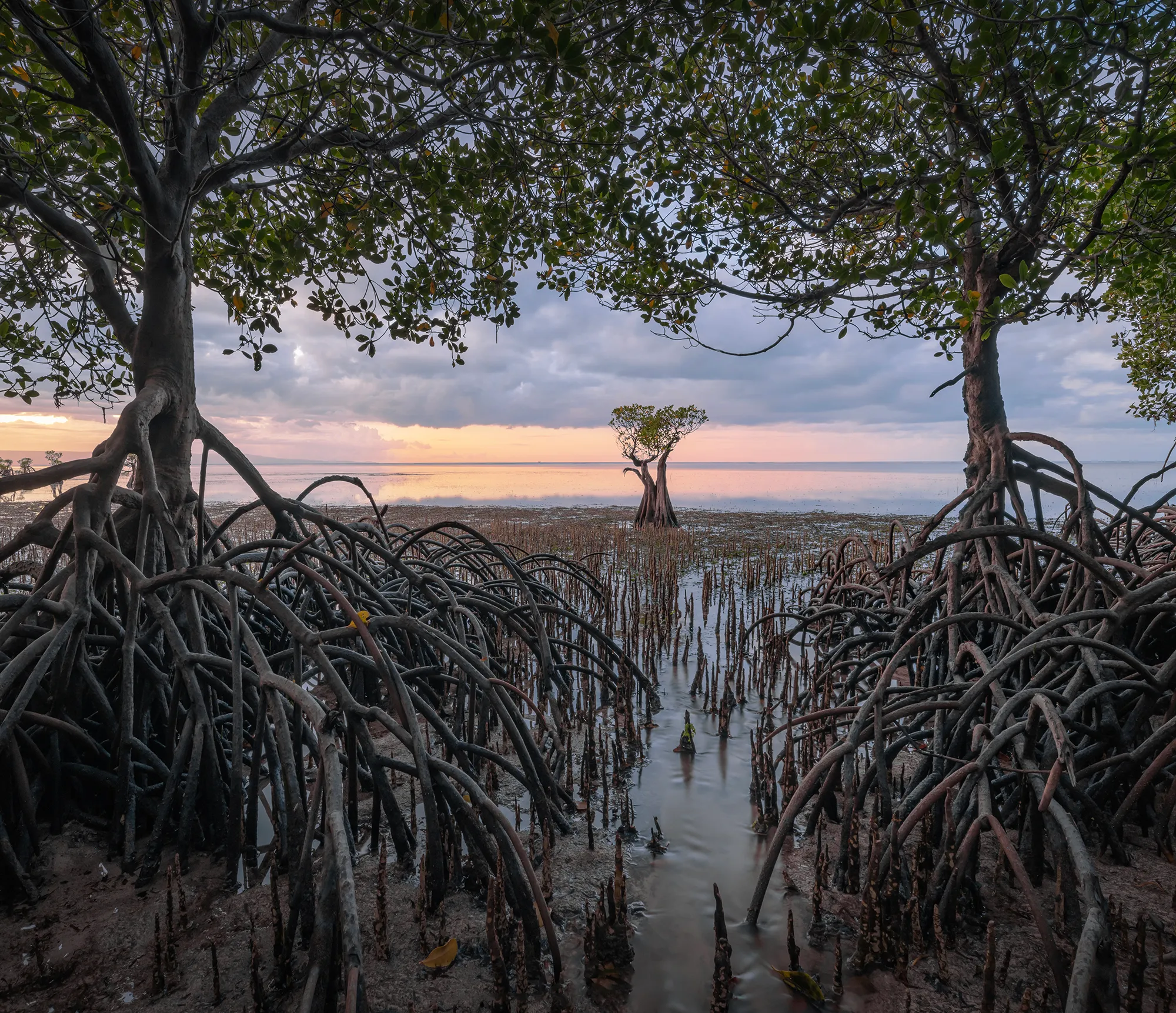
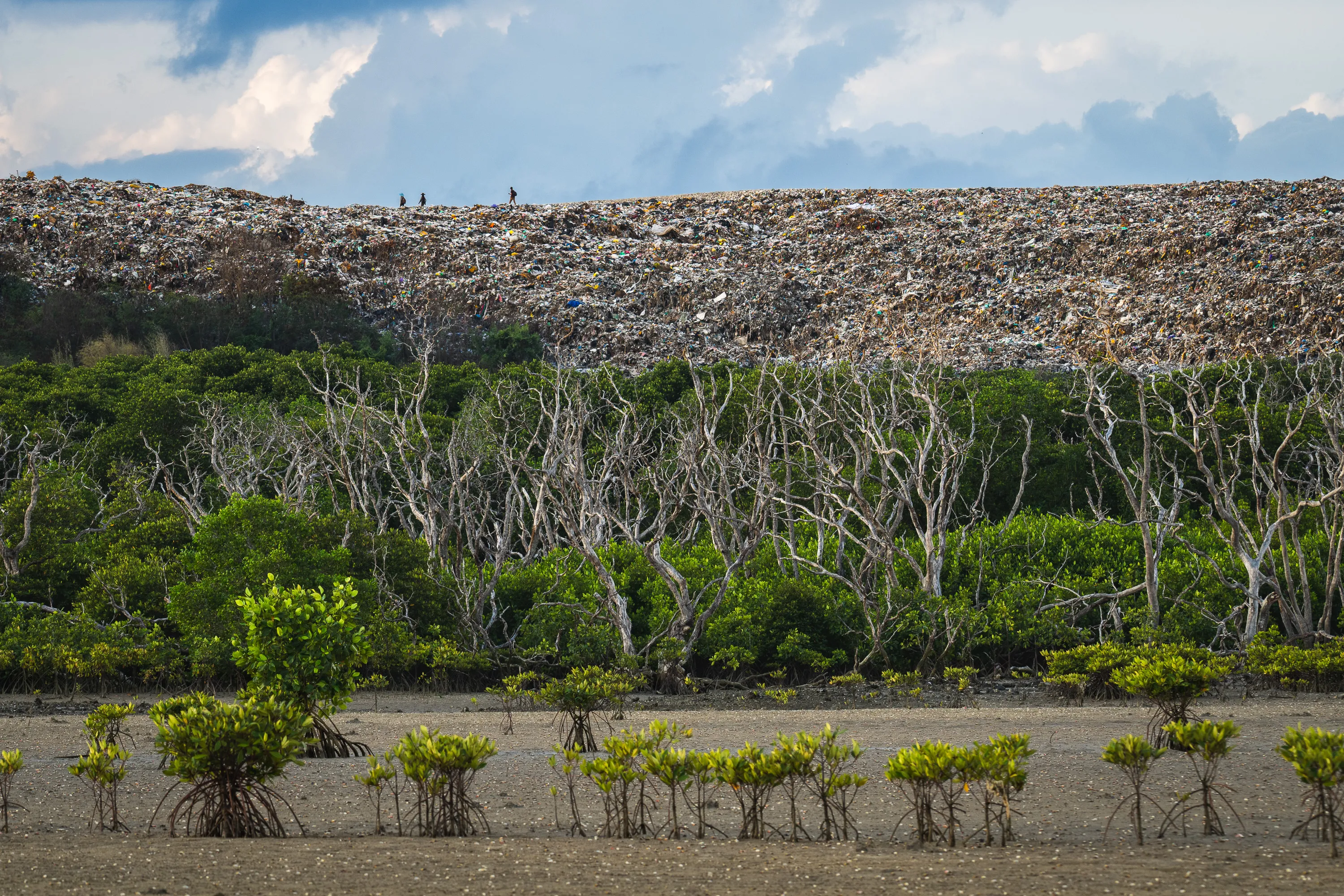
Not far from Bali’s airport and tourist beaches, I came across this mountain of waste towering behind one of the island’s struggling mangrove forests. Young shoots rise while dead trunks mark where others failed. The scene is a quiet warning—of resilience under threat and of what lies just out of frame in paradise. I took this photo to show the uneasy edge where mass tourism, urban waste, and vital ecosystems collide.
I was struck not only by the scale of the waste, but by the number of birds congregating around it, seemingly feeding from it, and the unexpected presence of people walking along the crest of the trash mound. Their small figures in the distance gave the scene a bizarre scale. Closer to my feet, among the sand and the crabs, were tyres, cans, and plastic debris. I noticed dead mangrove trees tangled in the middle layer of the forest, with young shoots planted in the foreground, likely part of a reforestation effort to combat the damage. The image felt layered in more than just its composition, the sky, the looming waste, the collapsing and regenerating trees, and the fragile shoots clinging to the tide line. I wanted the photo to serve as a wake-up call: an example of how mass tourism, consumerism, and poor waste infrastructure can collide in places that sell the idea of paradise."
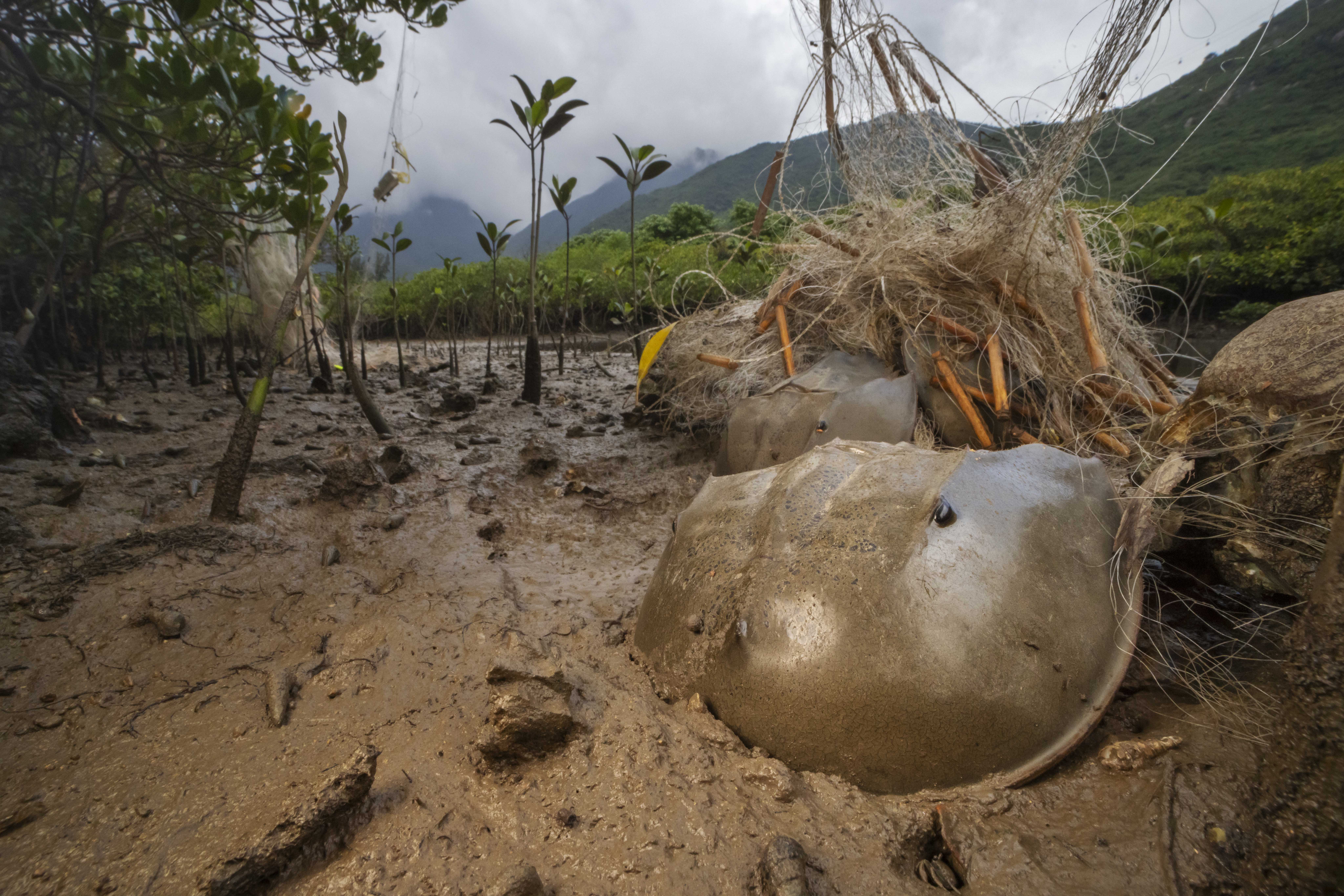
A poignant reminder of the dangers lurking in our coastal ecosystems: multiple horseshoe crabs find themselves ensnared in a ghost net that became stuck within the mangroves, highlighting the urgent need for action against marine debris, both in the ocean and on our coastlines.
“A very common situation in Hong Kong and throughout Asia. Abandoned fishing nets washed ashore become trapped along the high tide line and in mangrove forests, entangling many creatures, including horseshoe crabs. This can lead to the injury and death of coastal wildlife. This highlights the urgent need for action against marine debris, both in the ocean and on our coastlines.”
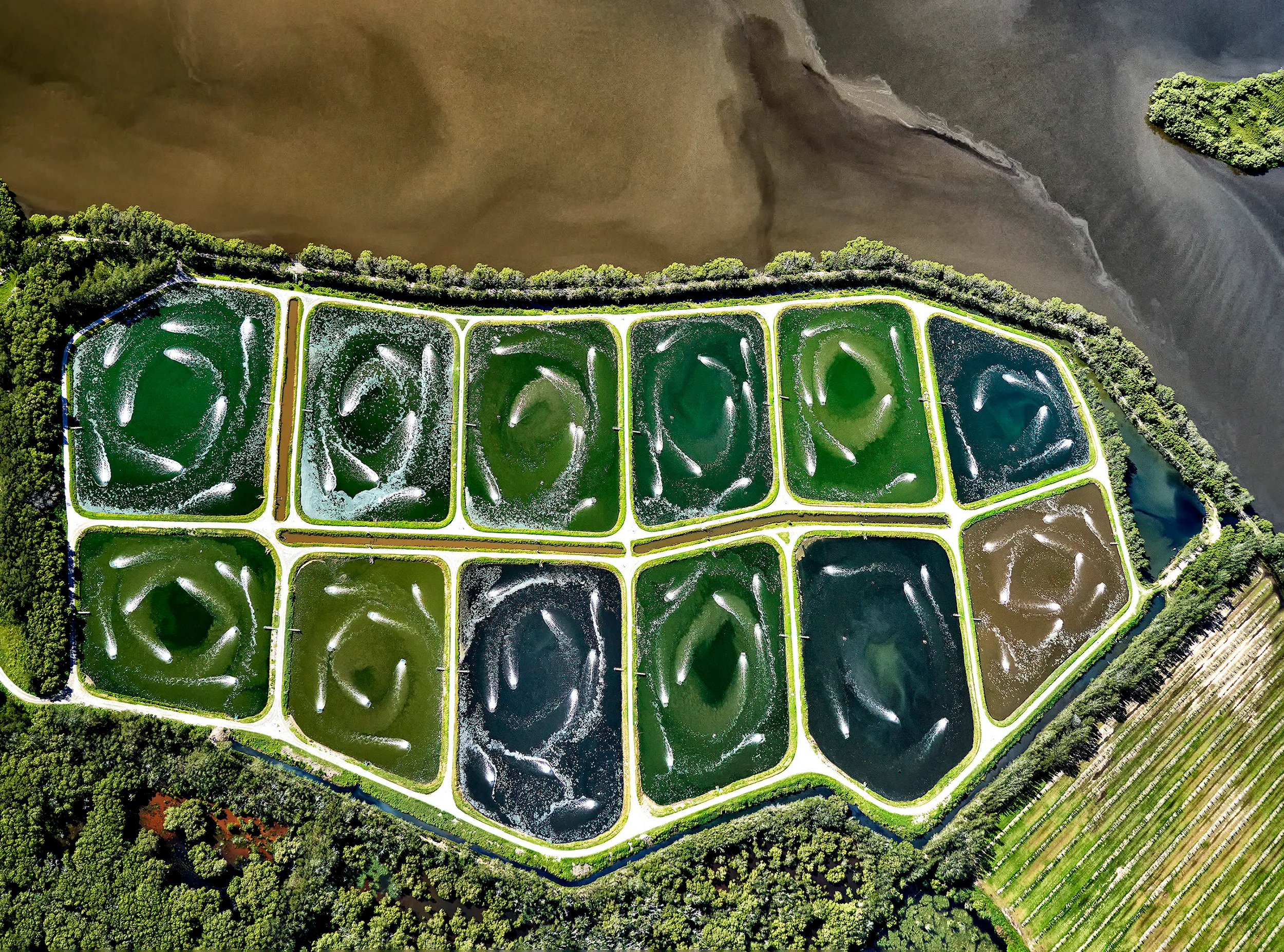


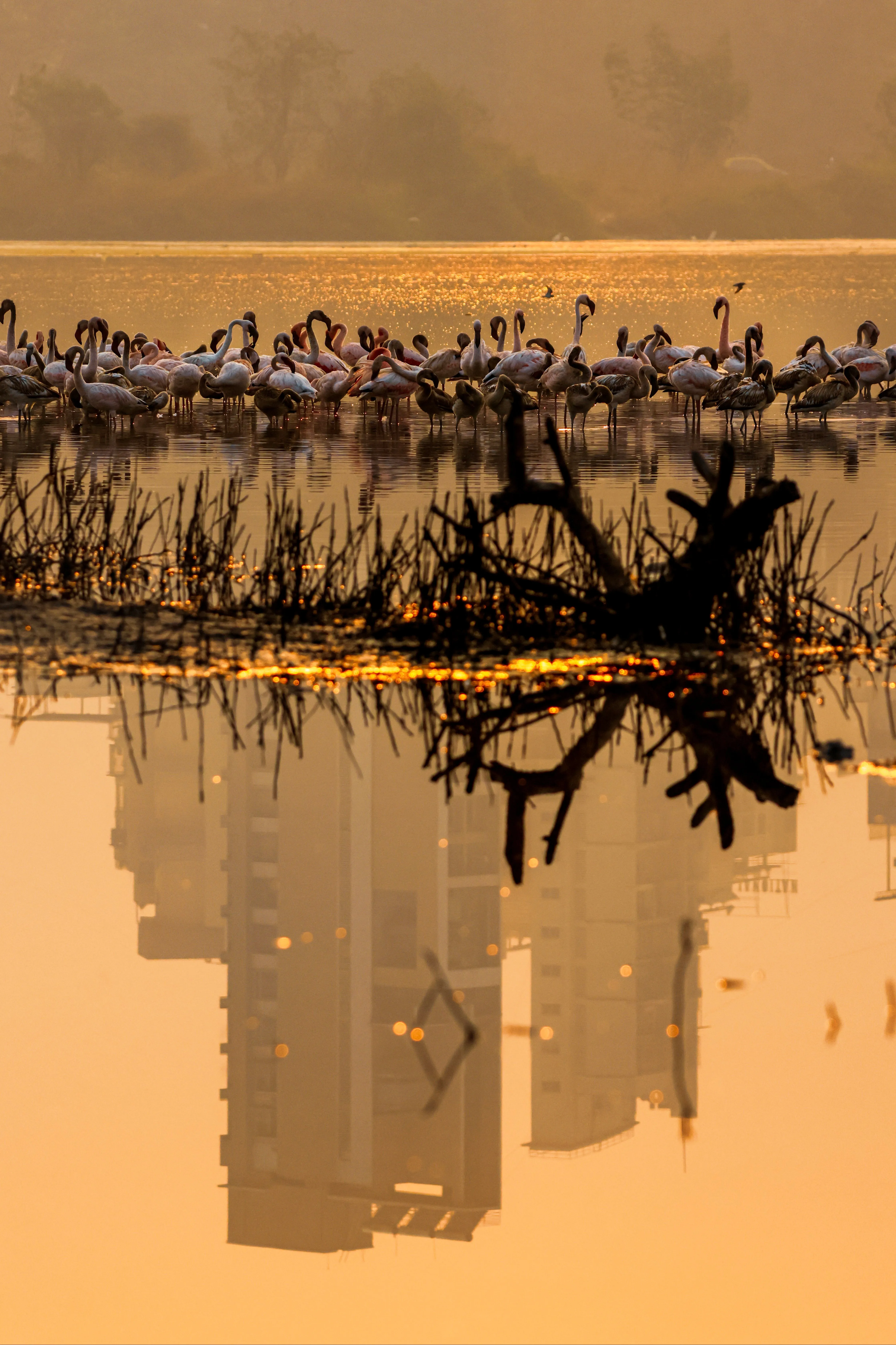

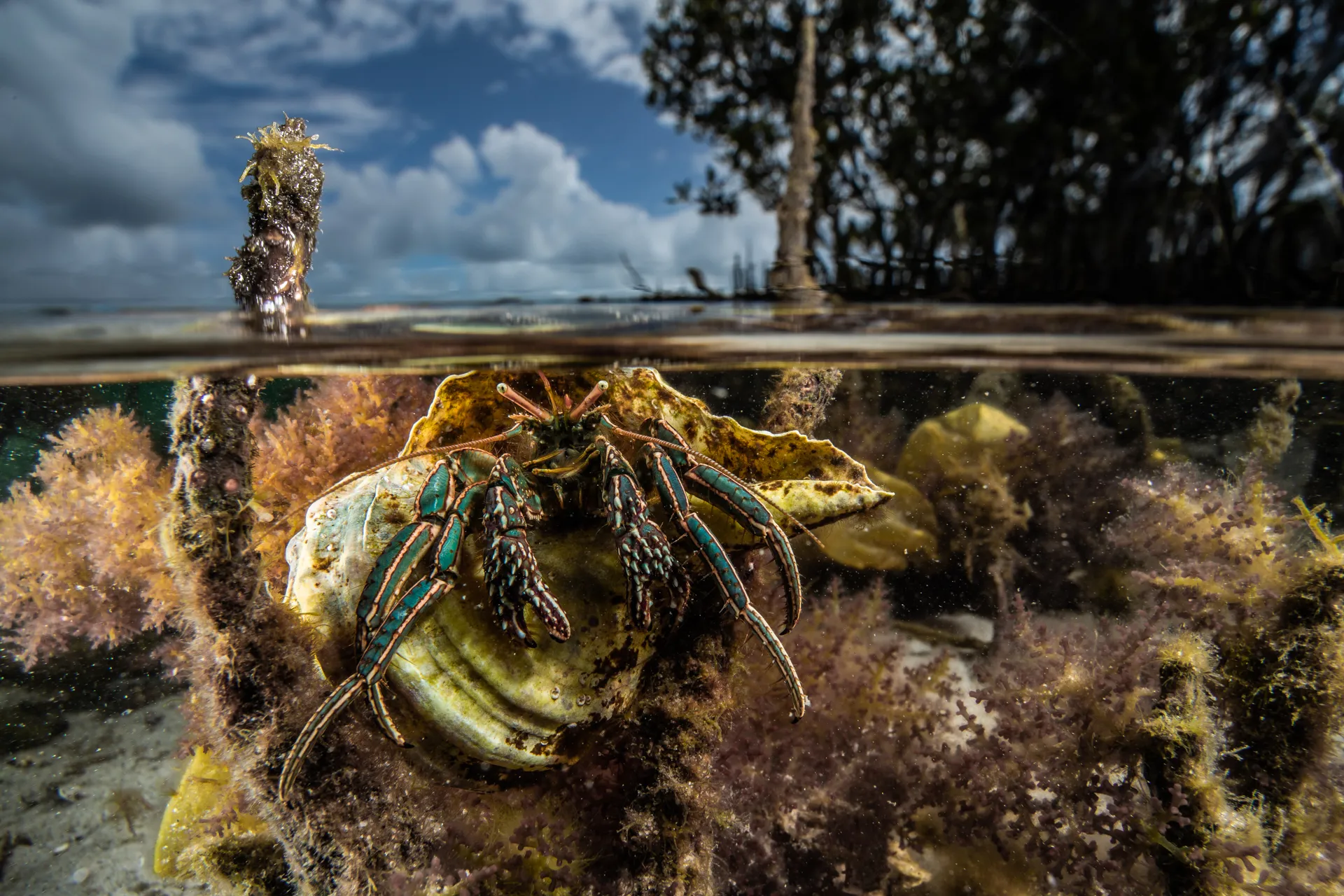
While Clibanarius taeniatus is one of Australia's more common hermit crab species, very little is known about it and I'm not sure it even has a common name.
“A study from 2003 found that its presence in large numbers generally indicates an environment that experiences higher freshwater flow than other marine intertidal regions. This is certainly true of the mangrove island I found at the entrance of Lake Macquarie which was absolutely teeming with these creatures. I visited this island at both low and high tides, and at low tide there were literally thousands of C.taeniatus feeding within the matrix of mangrove roots.”

Half and half scene of mangroves, cardinalfish, and ghost net.
“This half and half image was shot in the shallow mangroves around Bangka Island in North Sulawesi, Indonesia. While exploring the shallow area near the roots, I stopped to take a picture of this discarded fishing net that had washed up into the tree roots and then noticed a few shy cardinalfish peeking out from the roots behind. I waited patiently for more of these cardinalfish to come out from the roots and then was able to capture this scene. Ocean debris such as this ghost net pose a threat to wildlife, including fish and birds which live amongst the mangrove forest.”
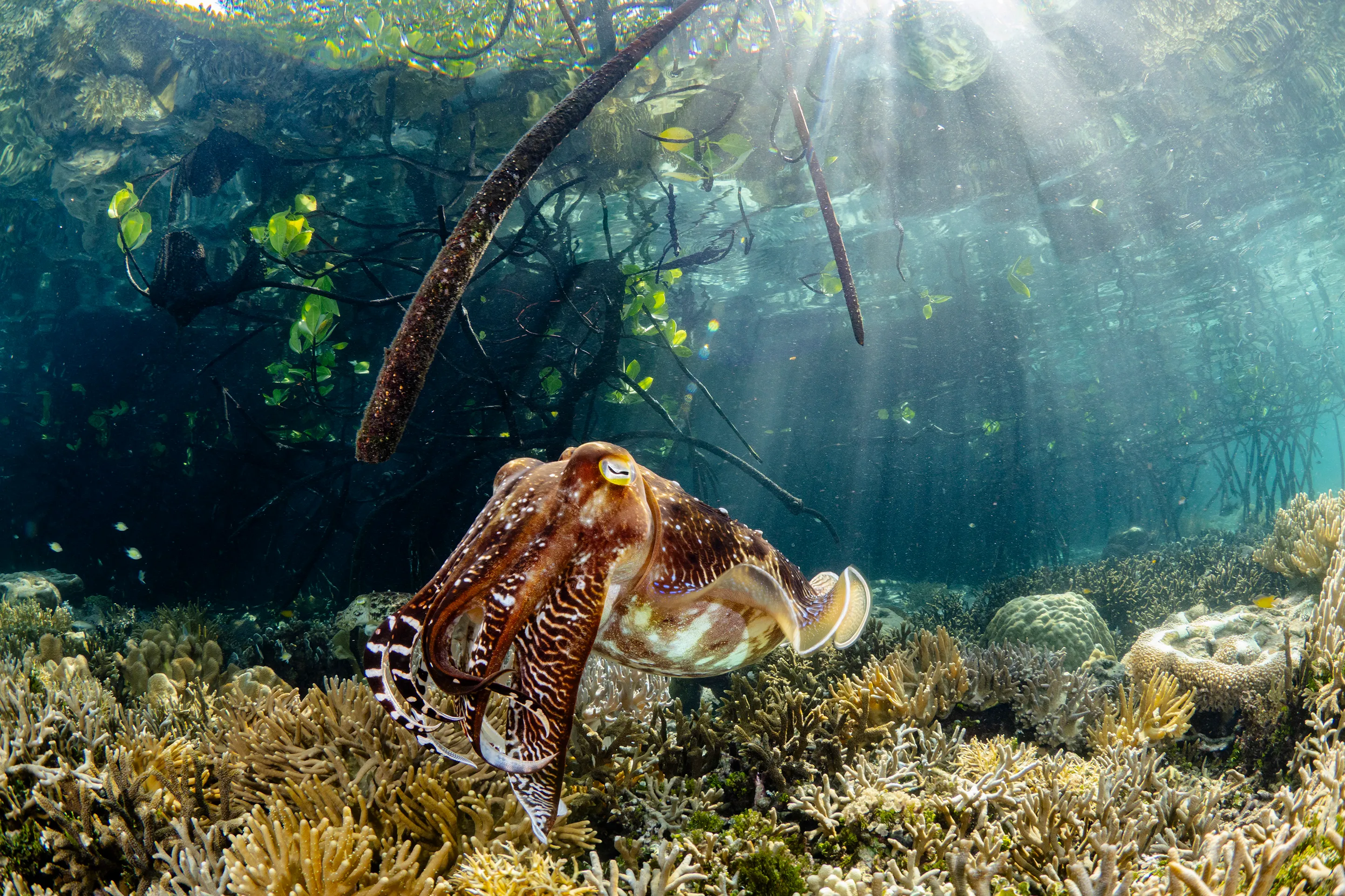

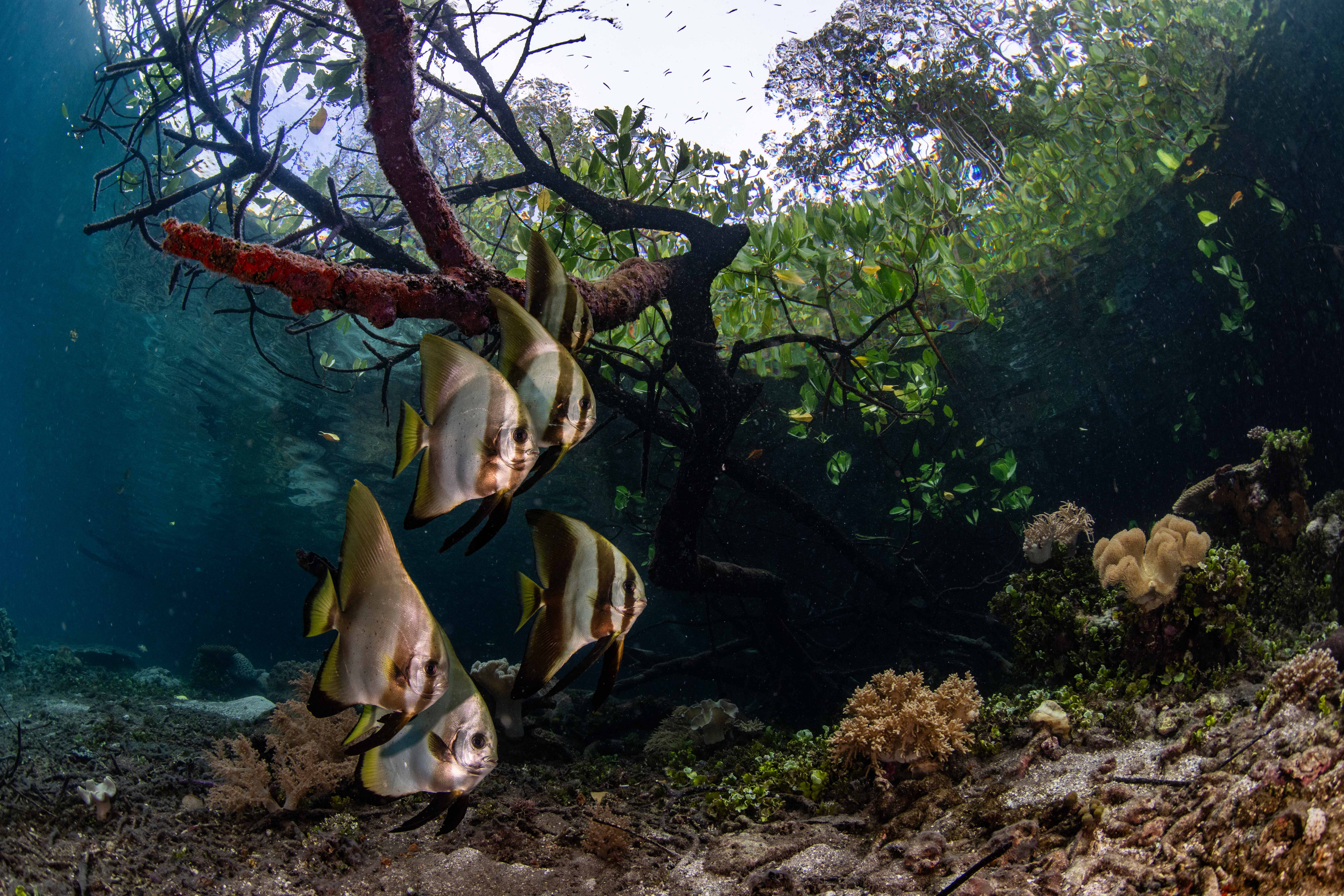

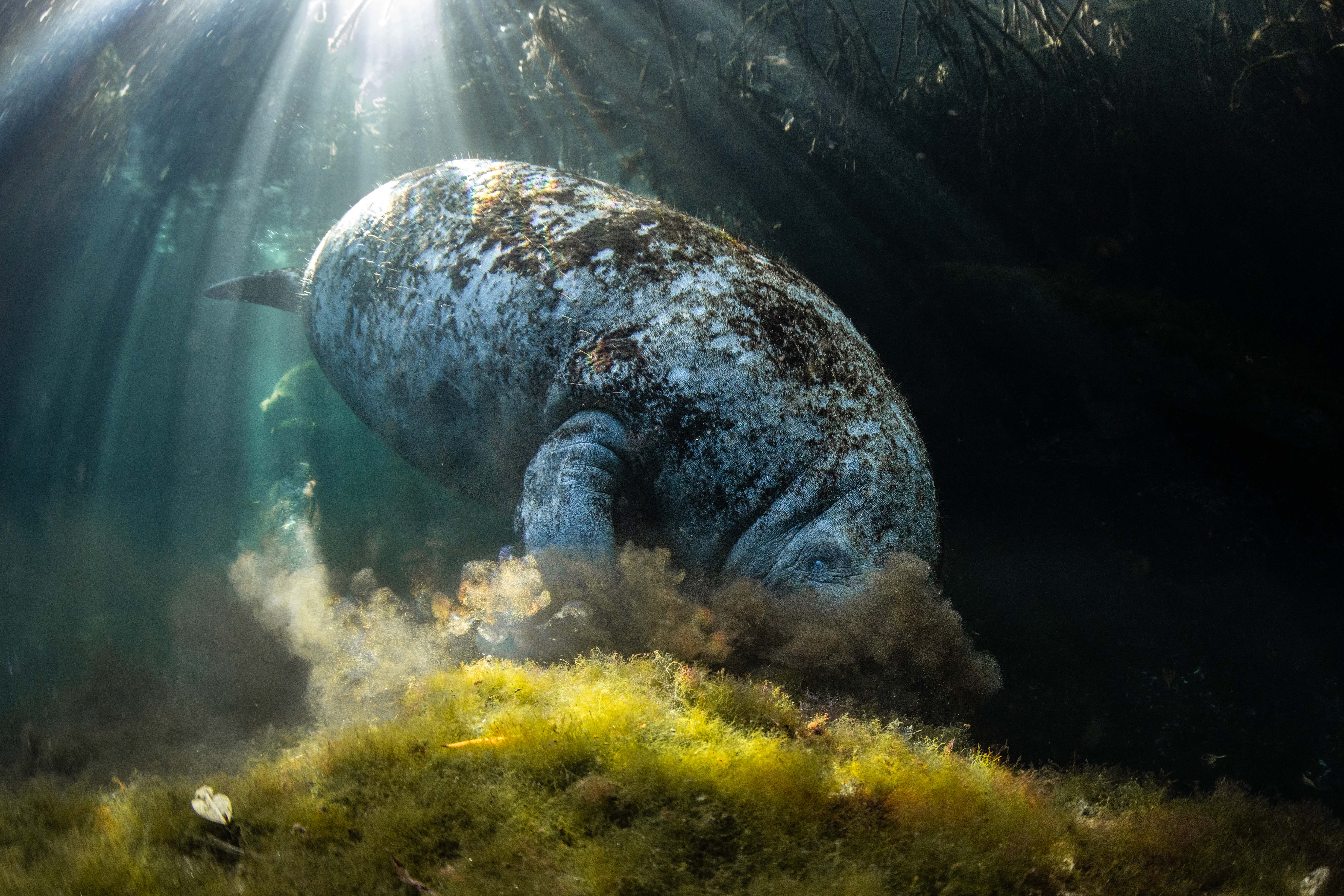
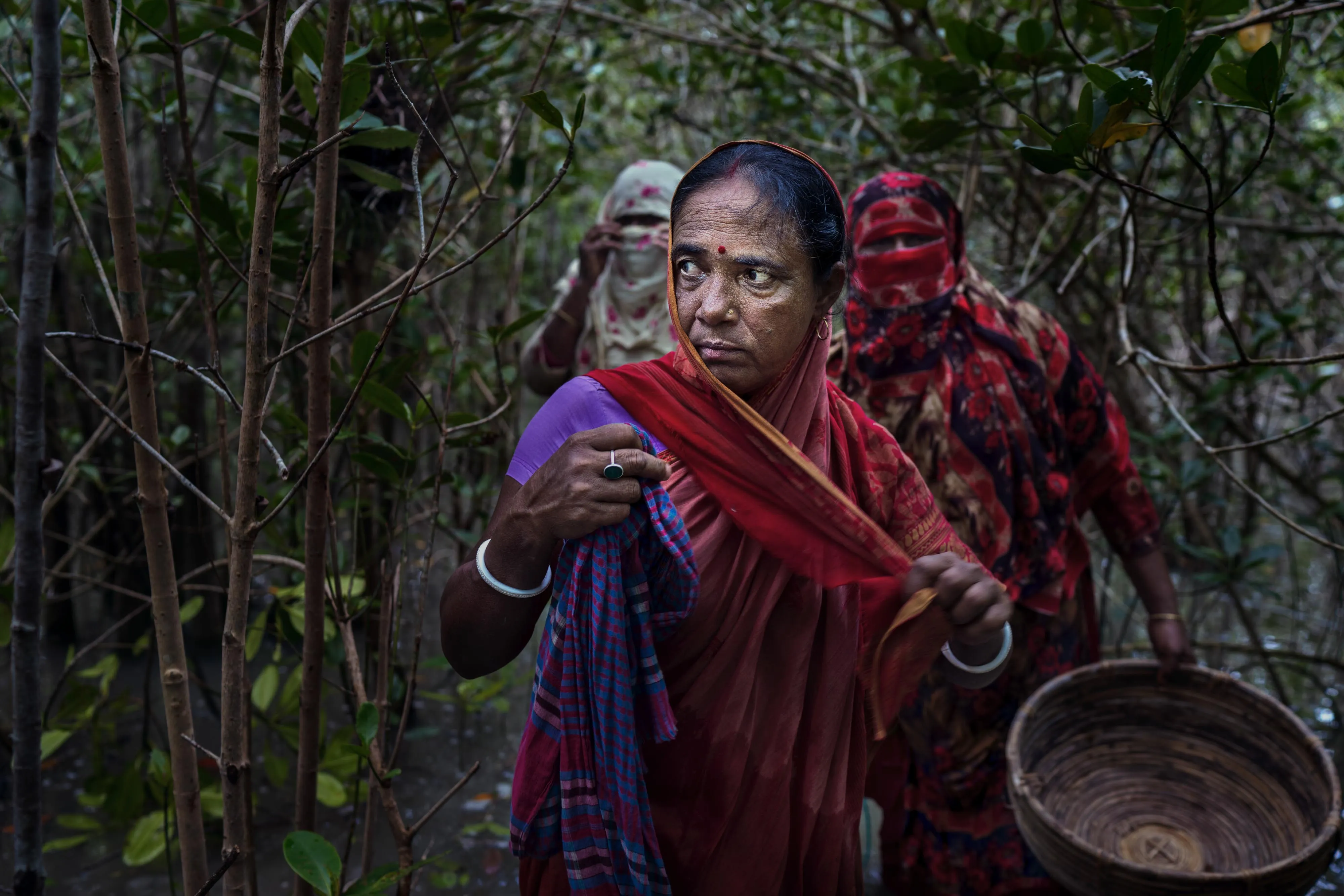
The Sundarbans, the world's largest mangrove forest, spans around 140,000 hectares across the Ganges, Brahmaputra, and Meghna deltas, primarily in Bangladesh. Women face health challenges due to salinity and poor resources, while frequent natural disasters disrupt lives and livelihoods. Sustainable efforts are crucial to preserve this ecological treasure and support its resilient inhabitants.
“Shorbanu Khatun, a 45-year-old widow whose husband was killed by a Royal Bengal Tiger during honey hunting, never dares to enter the Sundarbans Forest to collect honey for her survival. Shorbanu, along with three other women who are also tiger widows, collectively hunts for honey in the deepest parts of the Sundarbans Forest. This perilous area is frequented by Royal Bengal Tigers, known for attacking and killing people, as well as pirates who kidnap honey collectors known as Mawalis. Karuna Rani, one of the few women in the Sundarbans who ventures into the forest to collect honey since her childhood, leads the way through the dense mangroves with Shorbanu.”
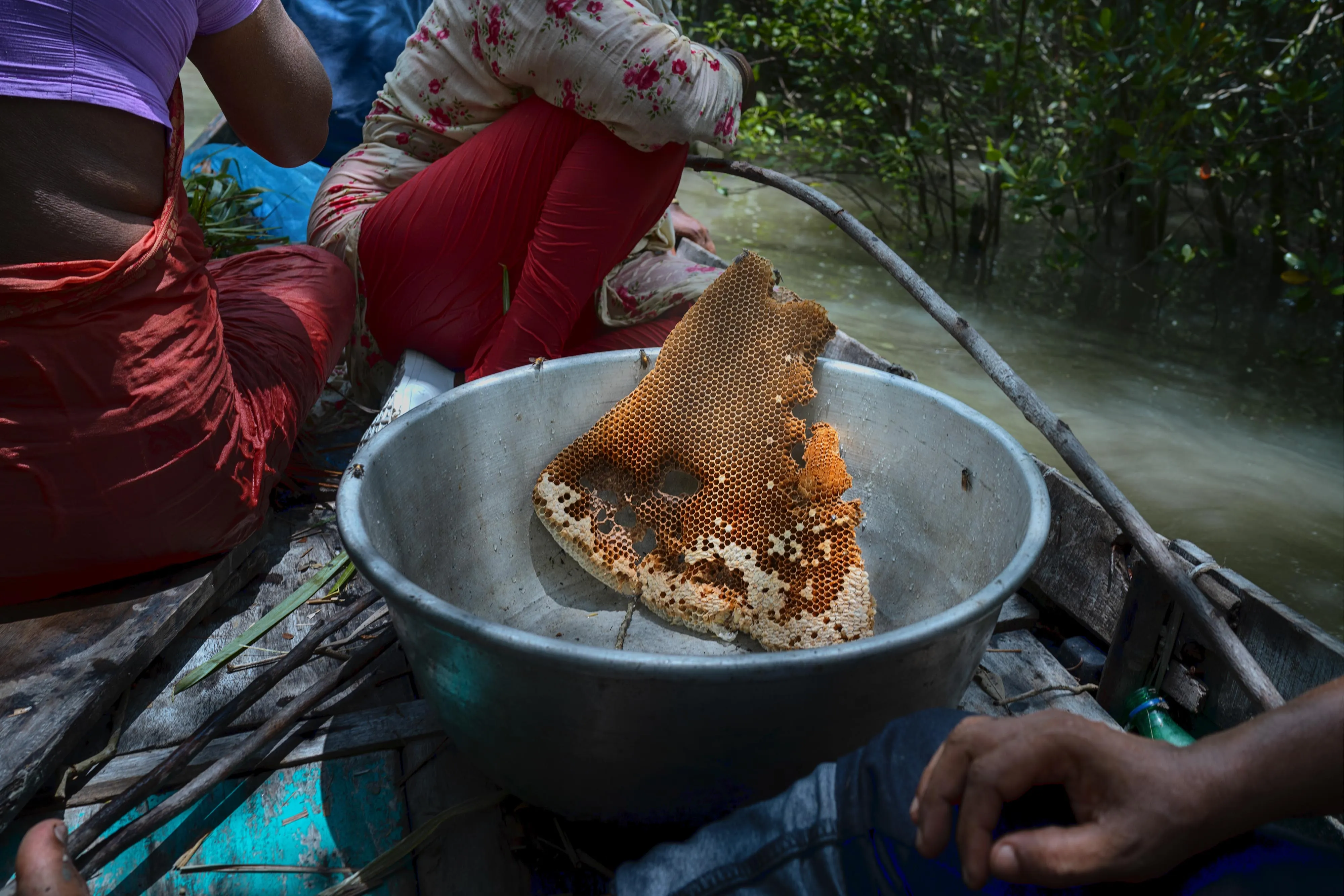
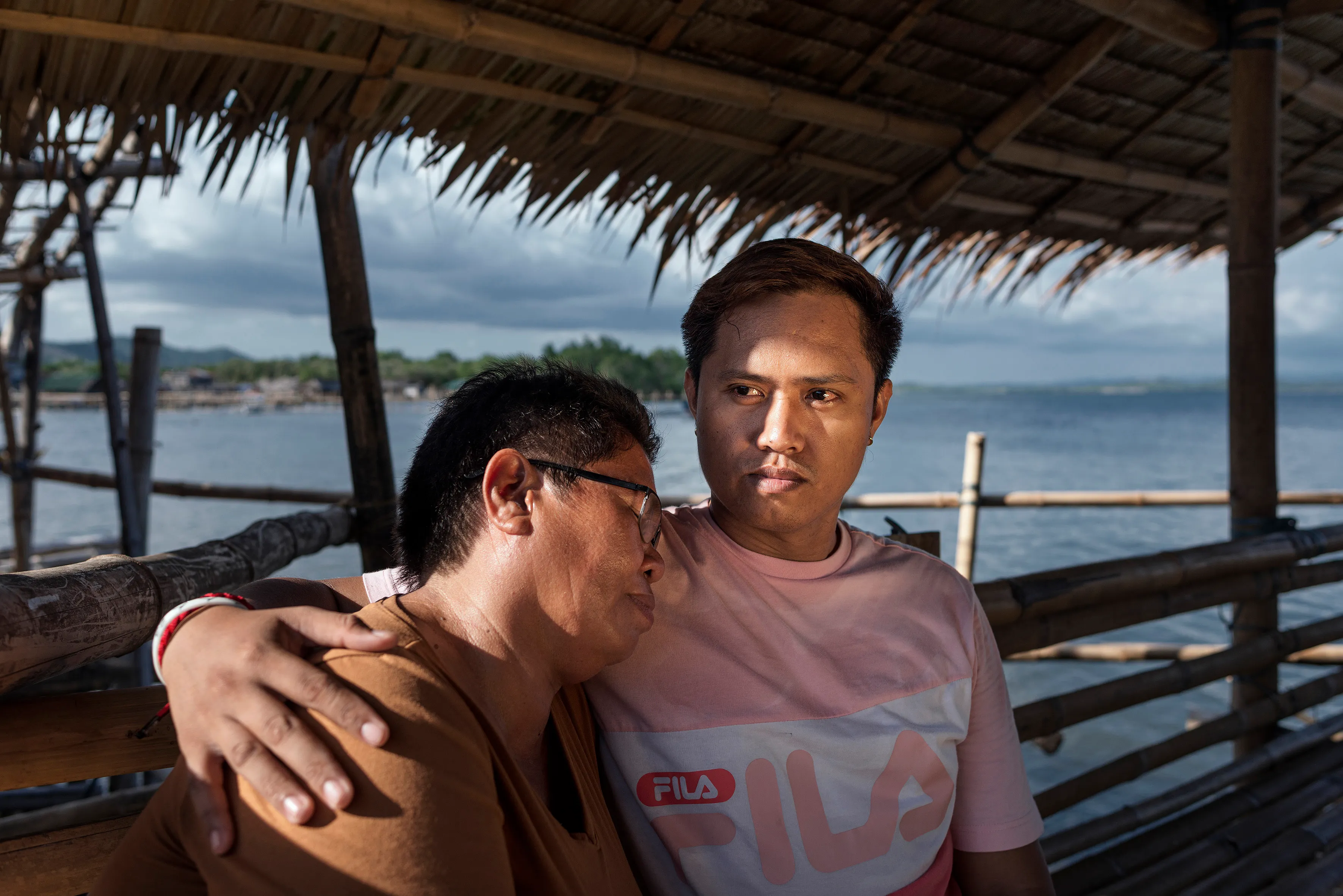
The Philippines, an archipelago of over 7,000 islands, is one of the most disaster-prone countries in the world. Located in the Pacific typhoon belt, it experiences an average of 20 typhoons a year. Rising sea levels, intensifying storms and coastal erosion are having a profound impact on the environment and the people who depend on the sea for their livelihoods, food and cultural identity. In response to these growing challenges, mangrove restoration has emerged as a beacon of hope for vulnerable coastal communities. Through grassroots efforts and collaborative initiatives with local governments, NGOs and community-based organisations, mangrove restoration projects have gained momentum across the Philippines. These efforts are empowering people and building environmental resilience, reducing vulnerability to climate impacts while enhancing biodiversity and supporting the livelihoods of millions of Filipinos who rely on fishing as their main source of income.
Rooted in Care tells the story of a family living in harmony with Wanha’, the River of the Quails. Through fishing, planting, and reforesting red mangroves, they honor an ancient bond with nature - reminding us that the river gives, and we must give back.
“Once upon a time, there was a mangrove forest that migrated inland until it was embraced by a river. Over time, it learned to coexist with the surrounding jungles and flourished until the golden age of the Mayan civilization. That ancient people, guided by a profound worldview, achieved a remarkable balance between human development and the natural world. Such was their connection to life that they named this river Wanha’—the River of the Quails. However, that ancestral vision has faded over time. Modern humanity, disconnected from its roots, has largely forgotten how to live in harmony with the Earth. For decades, livestock grazing, agriculture, wildfires, and a lack of opportunities have caused severe degradation of mangrove ecosystems. Many of the river's inhabitants have been driven into a vicious cycle where harming the environment ultimately brings harm back to themselves. This photographic series portrays the daily life of a family that has found not only sustenance in the river and the red mangrove, but also a deep spiritual connection and a commitment to conservation.”
Research project to conserve Caribbean manatee populations in Chetumal Bay and Belize.
“Chetumal Bay, located in southeastern Mexico, was designated a protected natural area for manatee conservation in 1996, due to the significant importance of this species along the coasts of Quintana Roo. The bay provides favorable conditions for manatees, including abundant submerged vegetation on which they feed, extensive shallow waters, and various sources of freshwater. These conditions are enhanced by the area's calm waters, channels of varying depths, and numerous streams surrounded by mangroves. Our studies, using satellite tagging of male manatees, have shown that these individuals frequently enter the lagoon system in search of females for mating. Weeks later, the same males were found over 200 kilometers away, in another lagoon system located south of Belize City, pursuing the same objective. In this way, Mexico and Belize are connected through the reproductive dynamics of this species. Recently, the Guerrero Lagoon System—considered a critical habitat for manatees within the Manatee Sanctuary—has come under increasing pressure from inappropriate development projects, including wetland filling for road construction and dredging of canals in mangrove areas. As a result of human impact, we have encountered manatees entangled in fishing lines and have conducted rescues. Ongoing population studies and monitoring of these unique marine mammals will enable us to develop effective conservation strategies to ensure their protection.”

A pair of American Crocodiles sit before The Milky Way Galaxy in a mangrove forest in the Florida Everglades.
“This image is one I’ve hoped to capture for the past 4 years living in Florida. Never whilst visiting this site did I get the chance before. But this day the stars literally aligned. At 2 AM, the Milky Way rose behind not one, but two crocodiles conducting some courting behavior. Seeing my opportunity I set up my tripod to utilize a long exposure to capture the Milky Way in my image. I then used a flash to freeze the crocodile’s subtle movement. After perfecting my settings, I shot a few images as the female appeared to circle the male and below. This one turned out to be my favorite.”
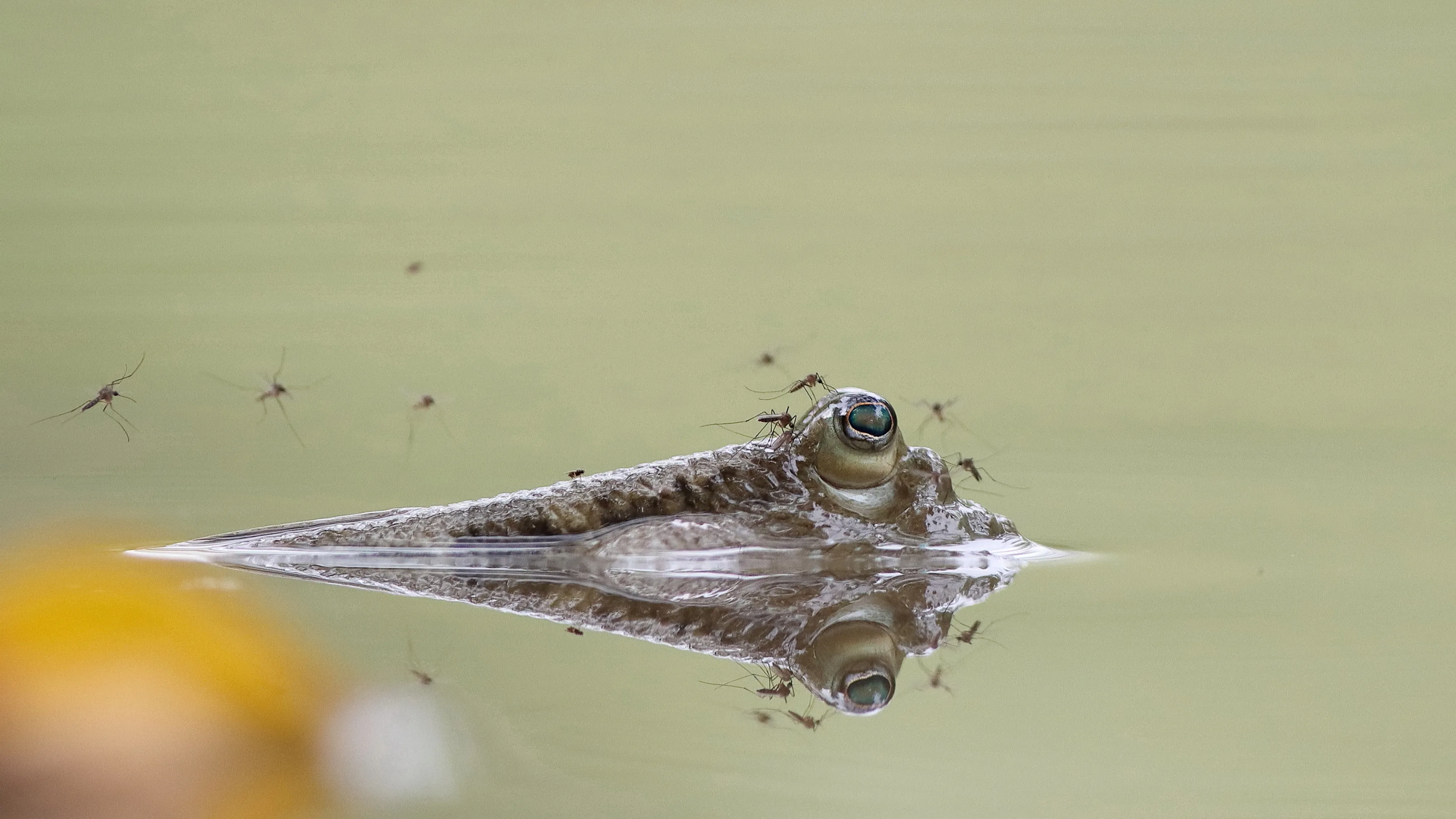
This photo was taken at the mangrove along the coastline of Samut Prakarn, Thailand.
"'Mosquito are dangerous than a tiger' is a Thai proverb. This saying seems to hold true, especially in mangrove forests where mosquitoes are abundant. Almost every creature appears to fall victim to them, even mudskippers and me."
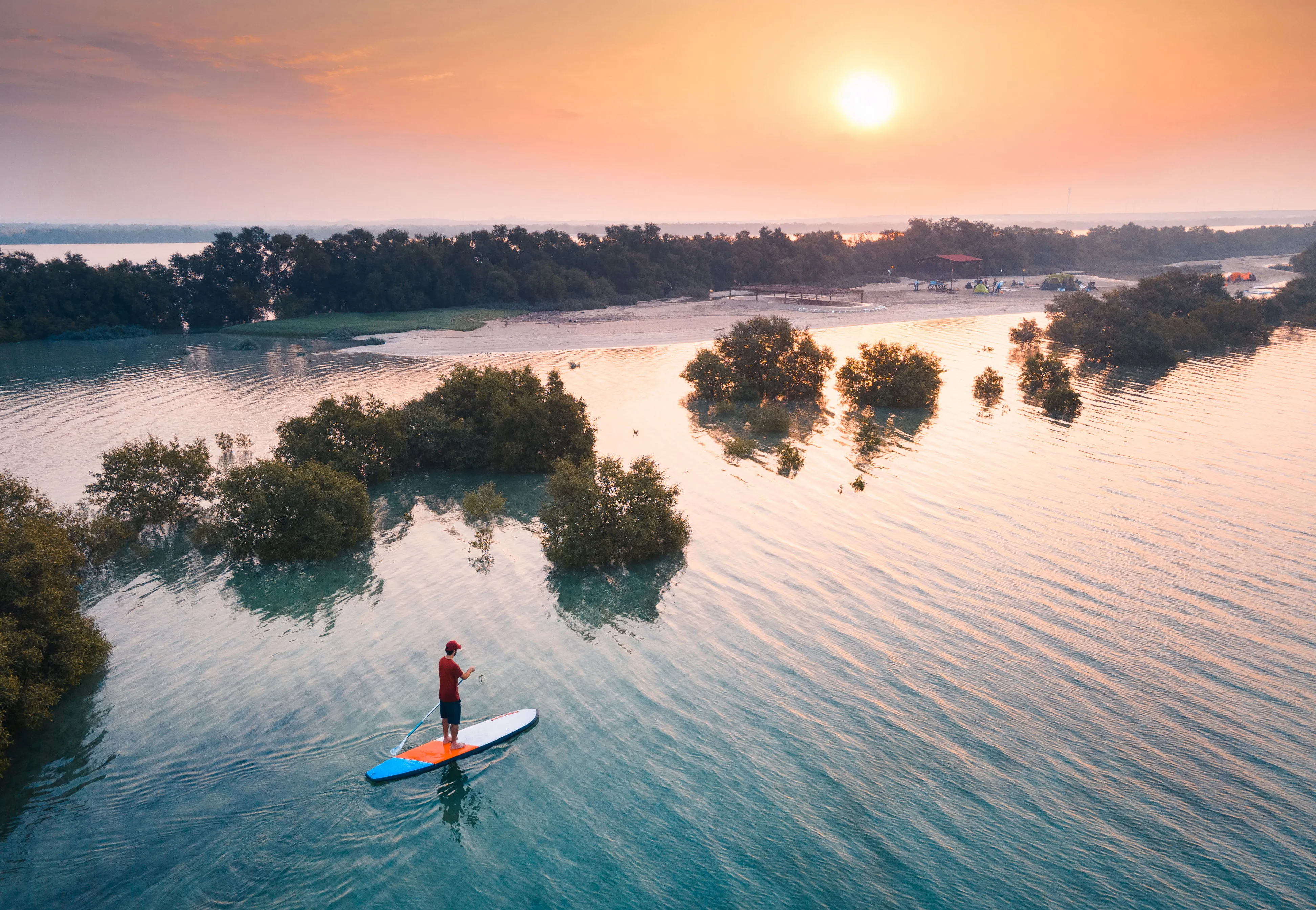
A serene morning kayak journey through the lush mangroves on one of Abu Dhabi’s tranquil islands — where nature whispers in stillness, and sunlight dances gently on the water’s surface, creating a scene of pure harmony.
“What is striking about this photo is its simplicity, showing a lone paddler, and nearby campers, reminding us of the love and enjoyment that we as humans benefit from being amongst mangroves,” says Nessrine Alzahlawi from EAD.

From high above Reem Island, this panoramic view captures a rare harmony where Abu Dhabi’s coastal mangroves meet the rising skyline. The tidal channels weave through the green forest like lifelines, feeding the city with breath and calm, while the sunset ignites the sky behind the towers.
“The mangroves here don’t just shield the shores, they preserve the spirit of balance that every thriving city needs.”
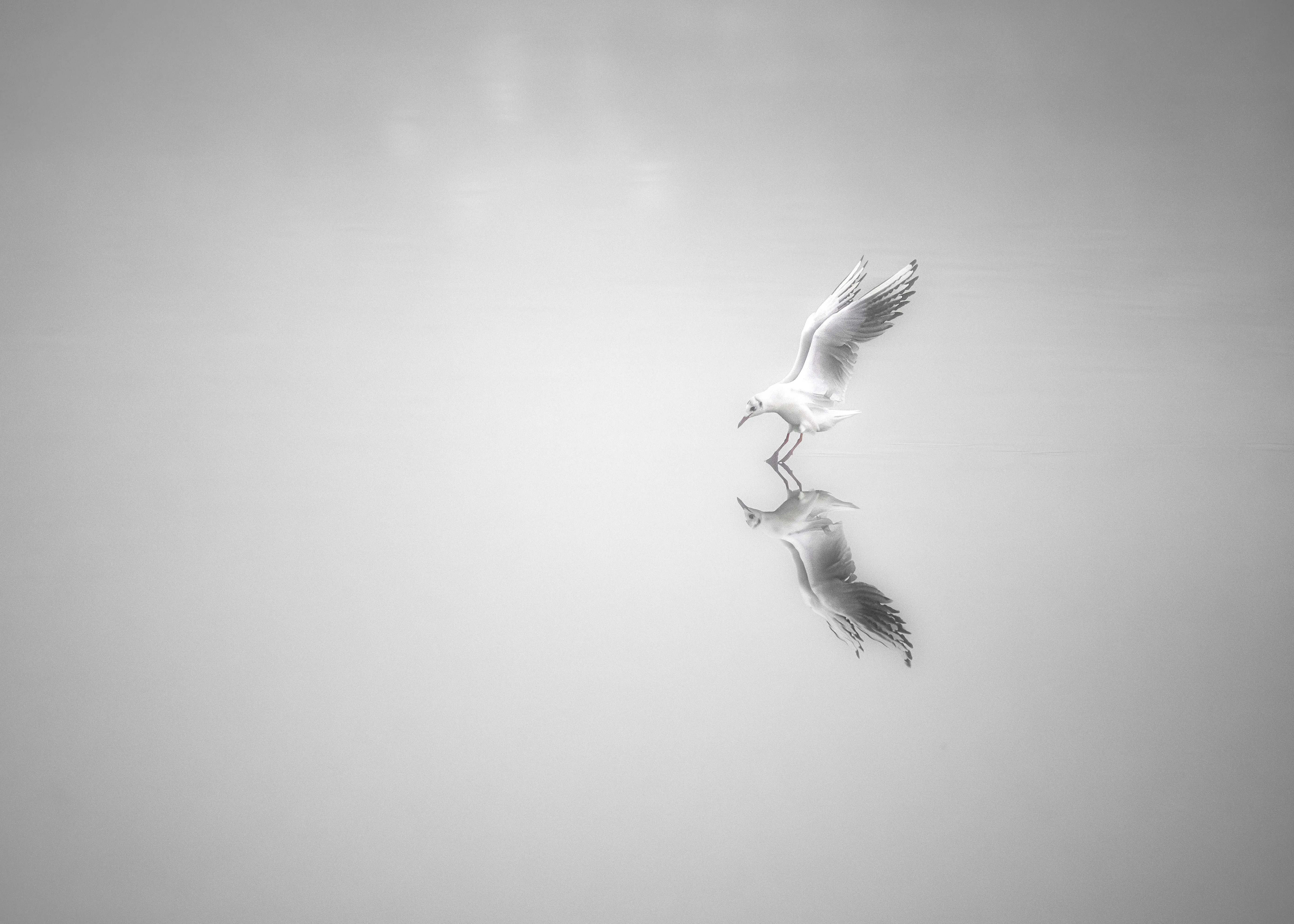
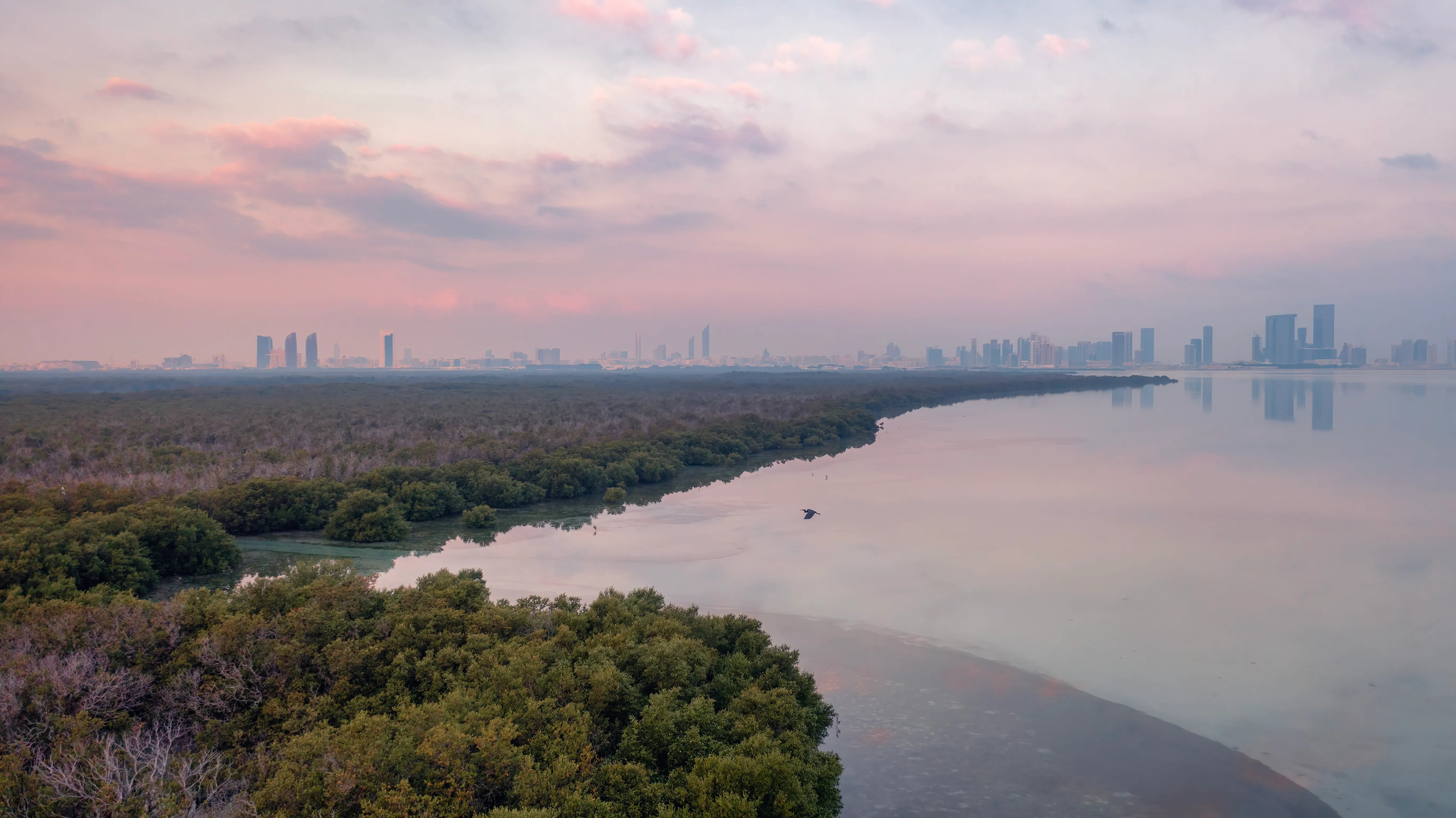
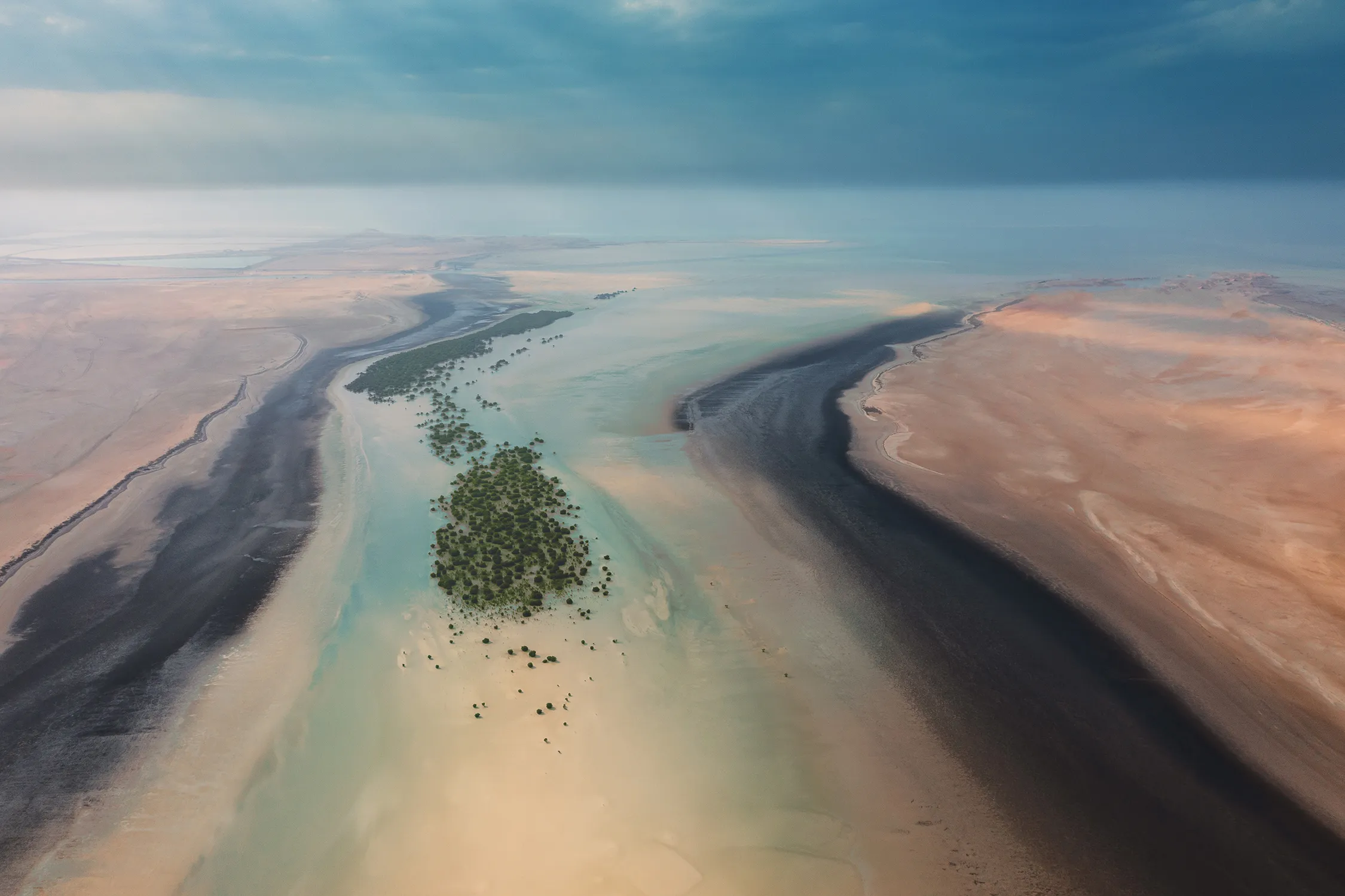


On a quiet morning, the cormorants welcome the sunrise as they rest among the branches of the mangrove trees. These skilled seabirds find in the shade of the mangroves a safe haven away from the waves and wind, where they can regain their energy after bathing in the sea. This photo was taken on the shores of Qatar, where cormorants were resting after a long day of hard work and searching for food. As the sun rose, the birds stayed under the mangrove trees to rest and dry their wings from the water.
“I can feel the peace, stillness of the early morning sunrise in this image, while also feeling a sense of freedom and possibility”, says judge Nessrine from EAD.
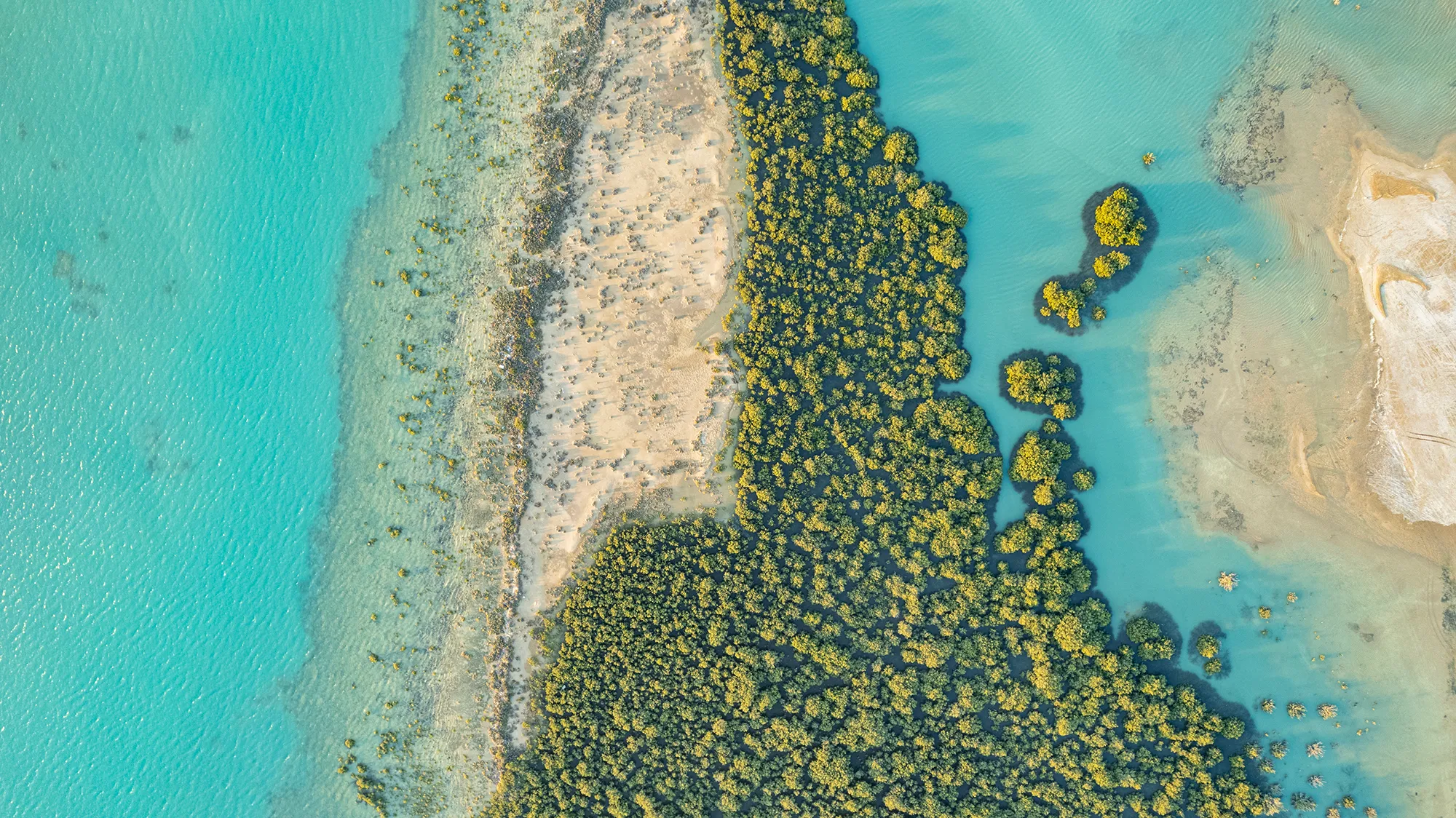
Aerial view of mangrove trees on the Red Sea coast, northwest of Saudi Arabia.
“The mangroves here don’t just shield the shores, they preserve the spirit of balance that every thriving city needs.”

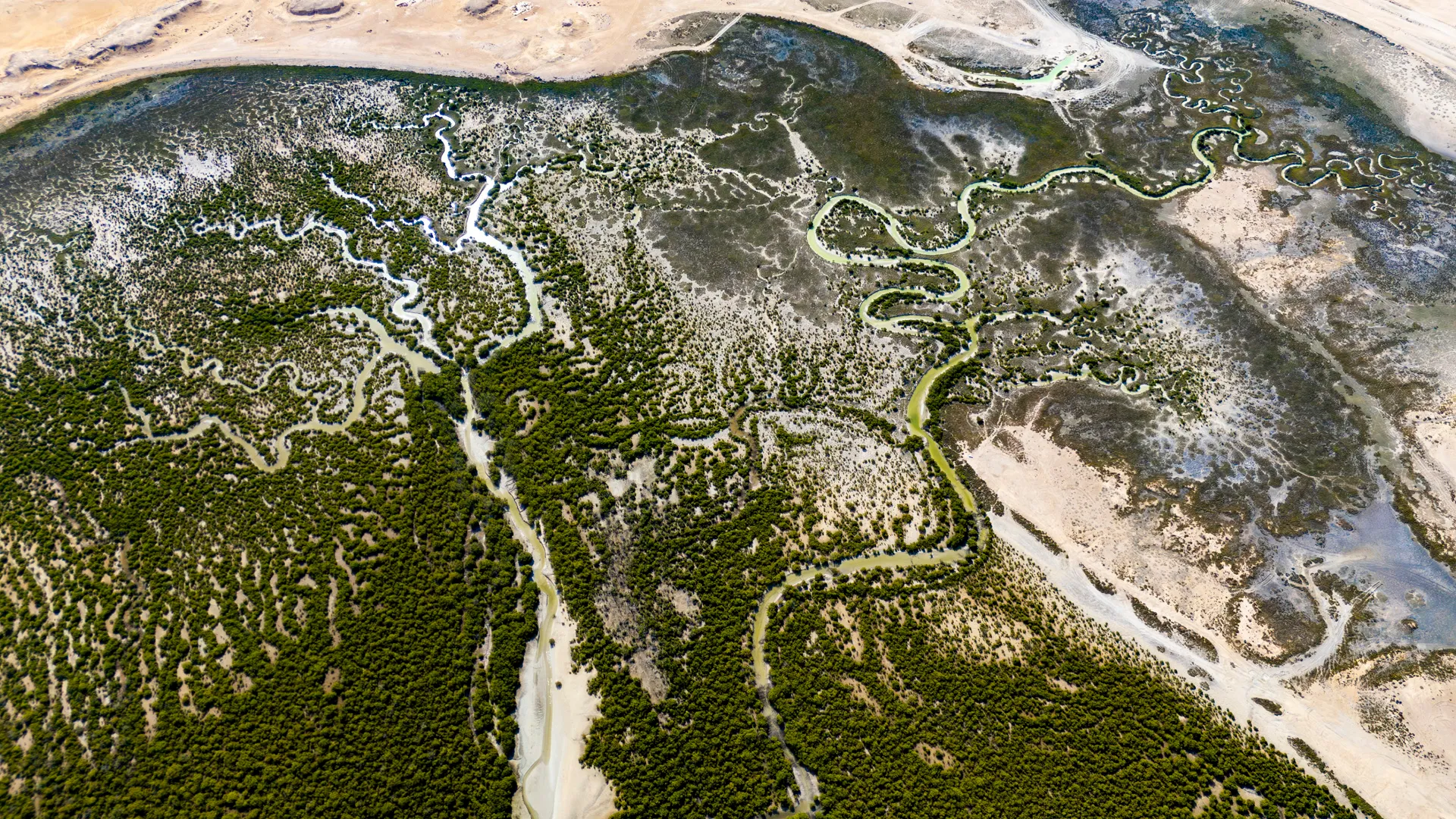

Rooted in Care tells the story of a family living in harmony with Wanha’, the River of the Quails. Through fishing, planting, and reforesting red mangroves, they honor an ancient bond with nature - reminding us that the river gives, and we must give back.
“Once upon a time, there was a mangrove forest that migrated inland until it was embraced by a river. Over time, it learned to coexist with the surrounding jungles and flourished until the golden age of the Mayan civilization. That ancient people, guided by a profound worldview, achieved a remarkable balance between human development and the natural world. Such was their connection to life that they named this river Wanha’—the River of the Quails. However, that ancestral vision has faded over time. Modern humanity, disconnected from its roots, has largely forgotten how to live in harmony with the Earth. For decades, livestock grazing, agriculture, wildfires, and a lack of opportunities have caused severe degradation of mangrove ecosystems. Many of the river's inhabitants have been driven into a vicious cycle where harming the environment ultimately brings harm back to themselves. This photographic series portrays the daily life of a family that has found not only sustenance in the river and the red mangrove, but also a deep spiritual connection and a commitment to conservation.”